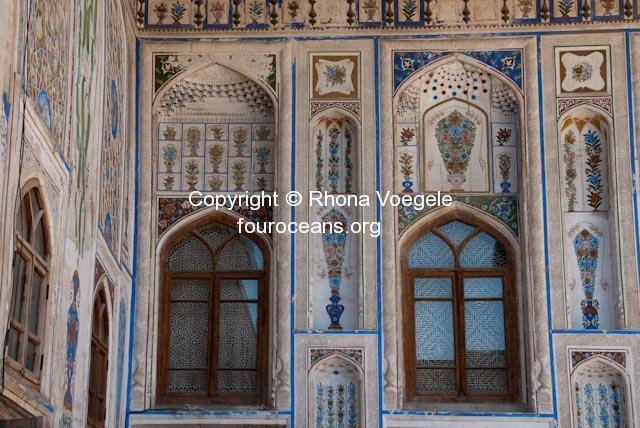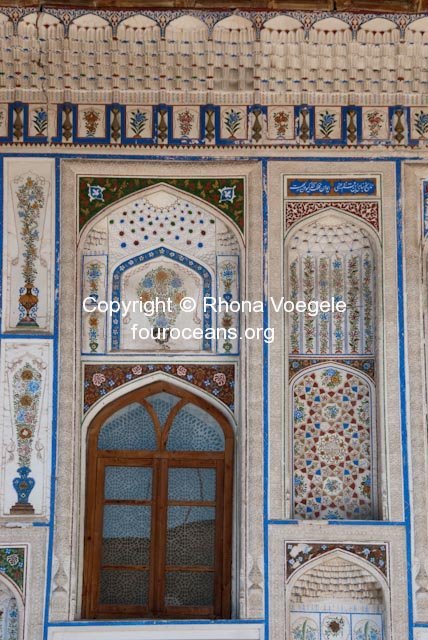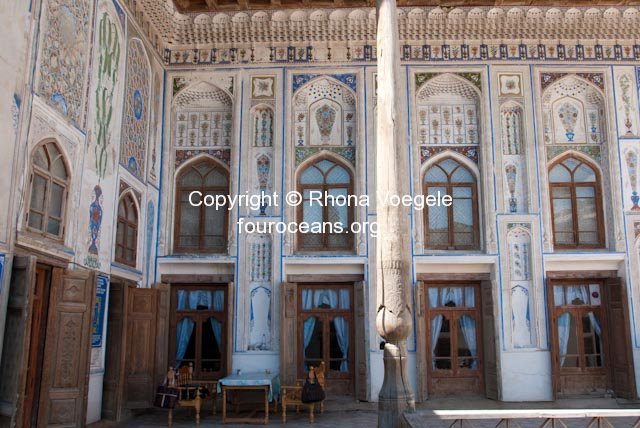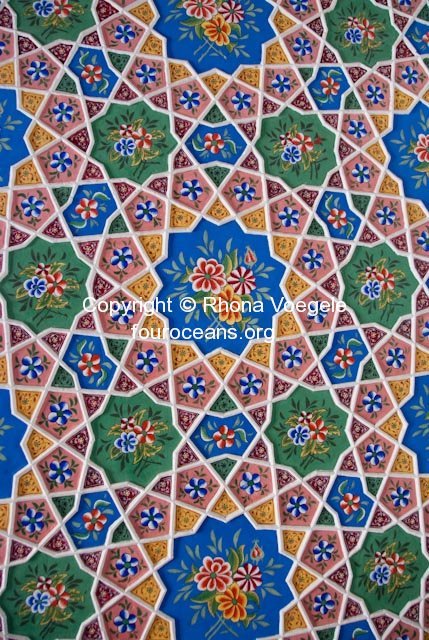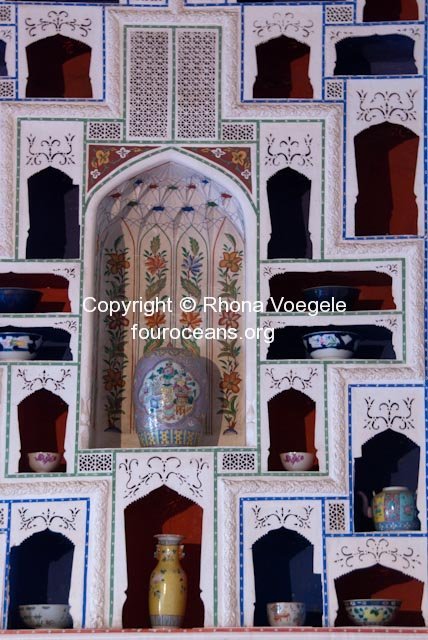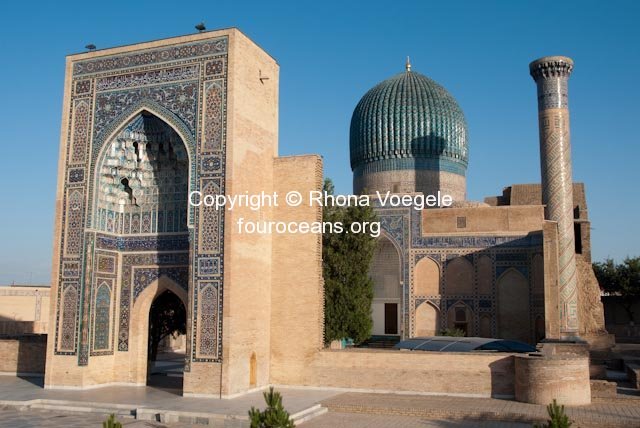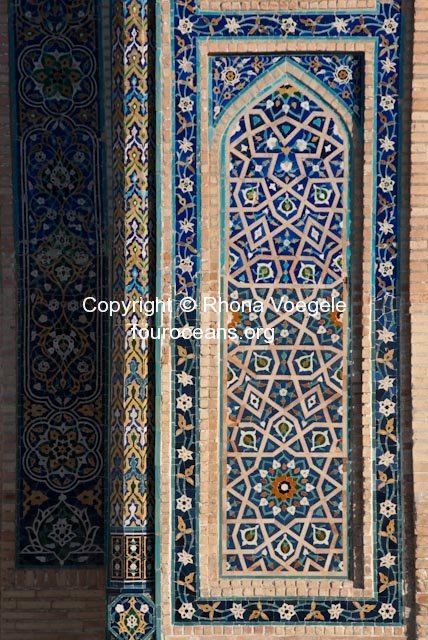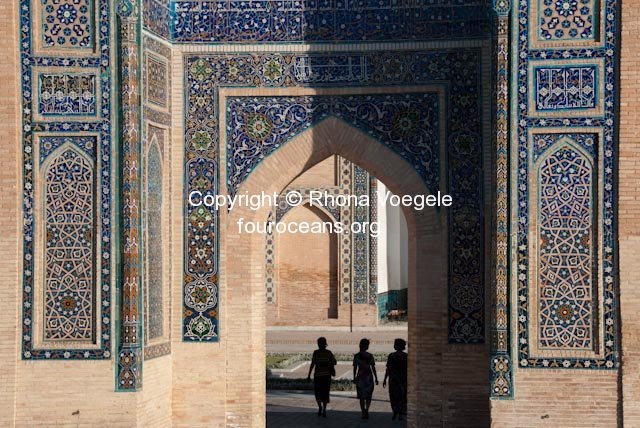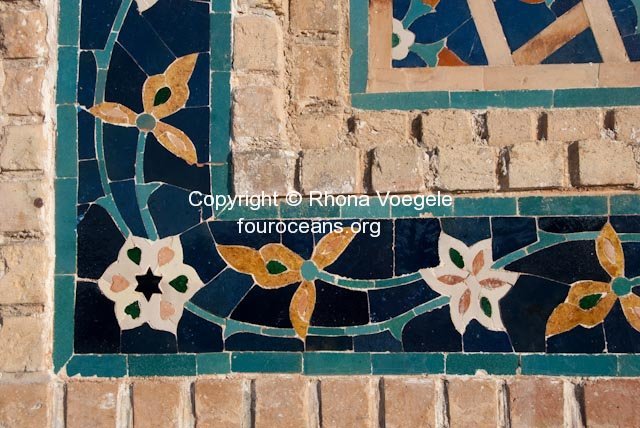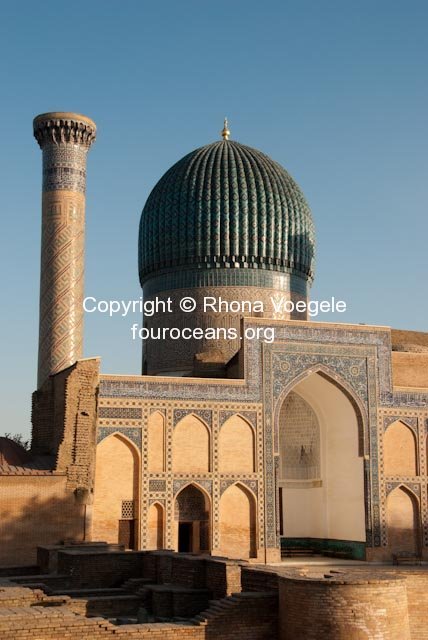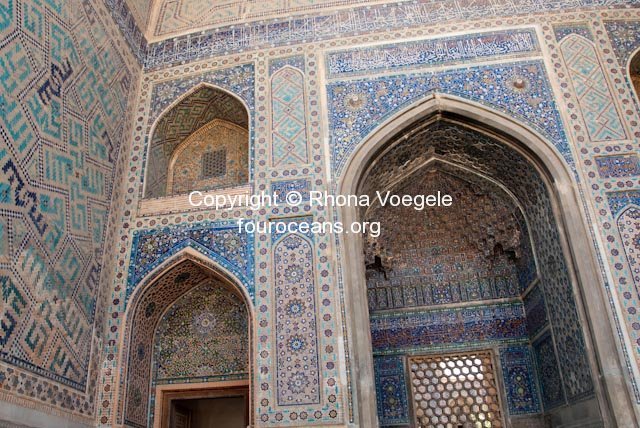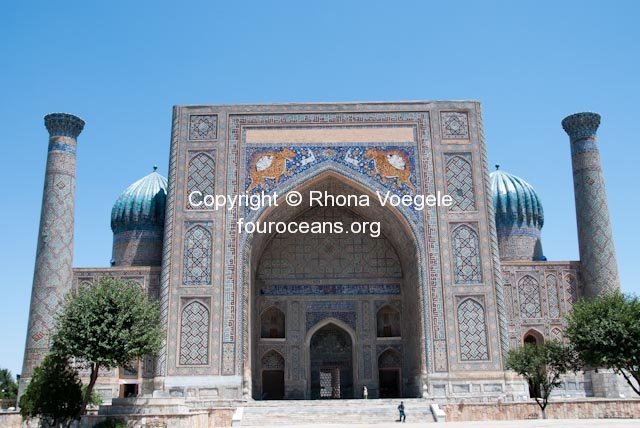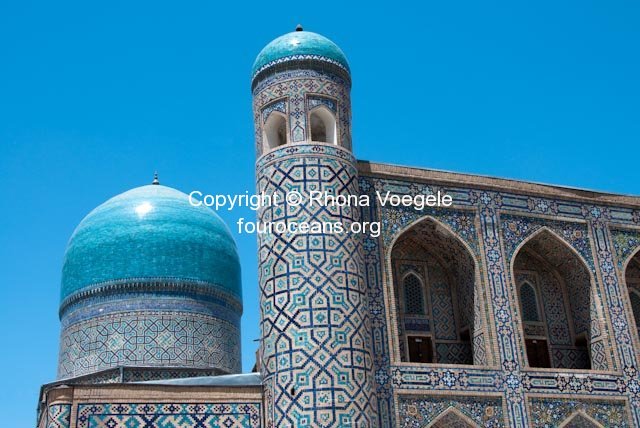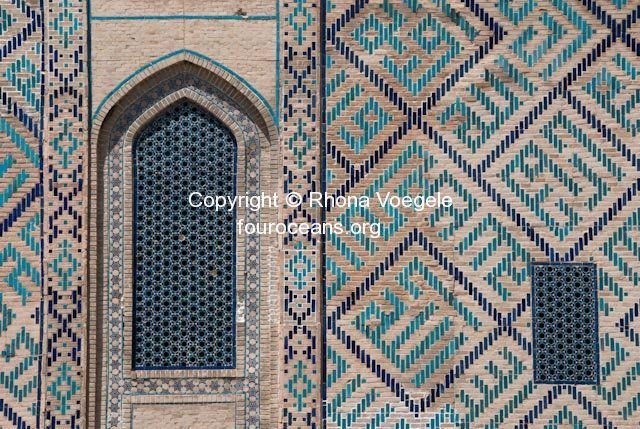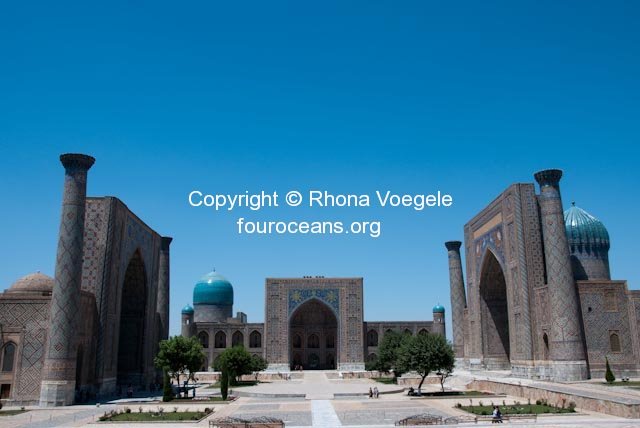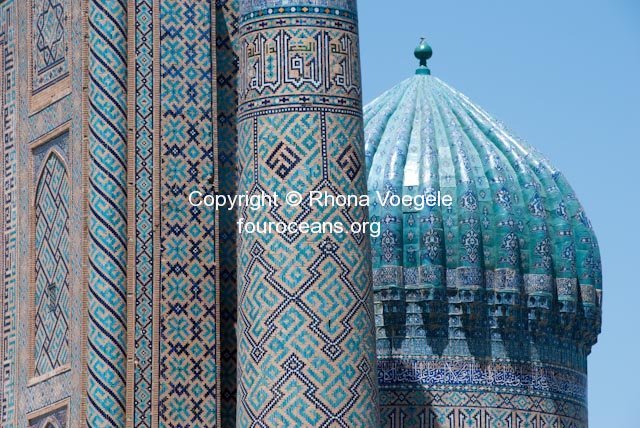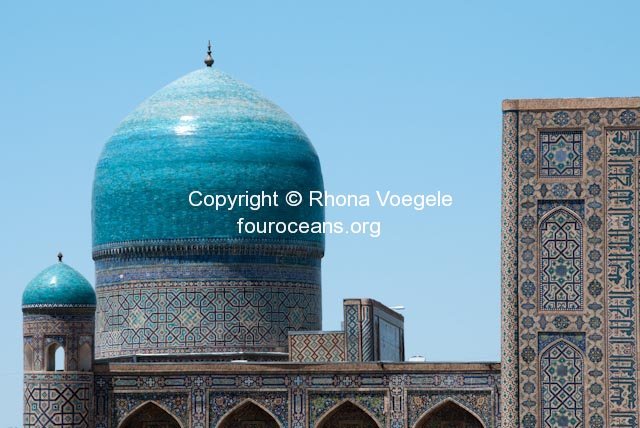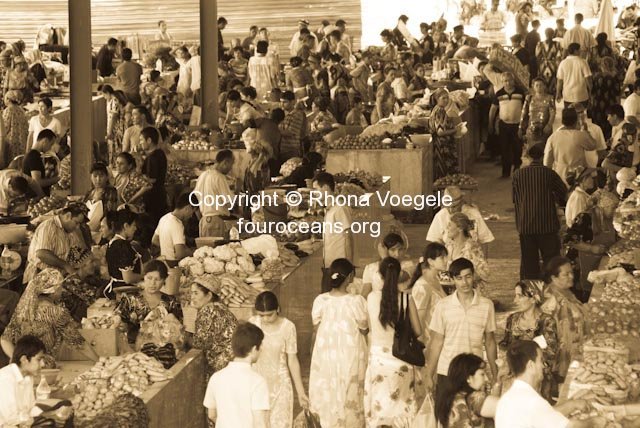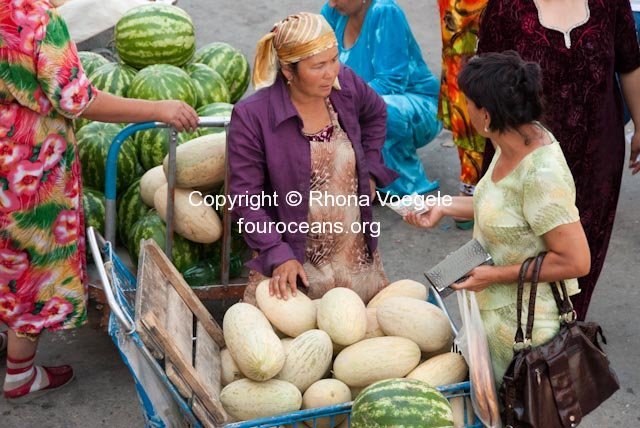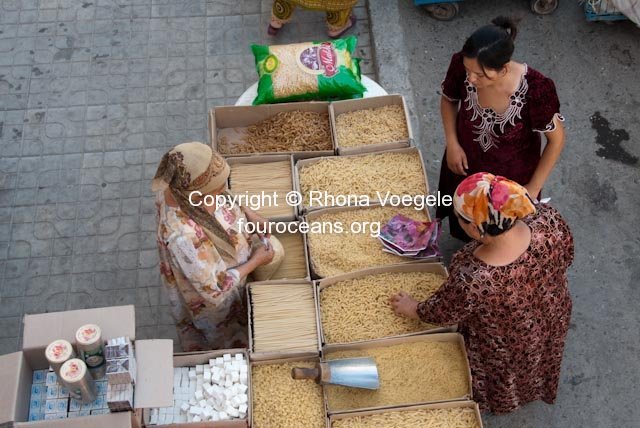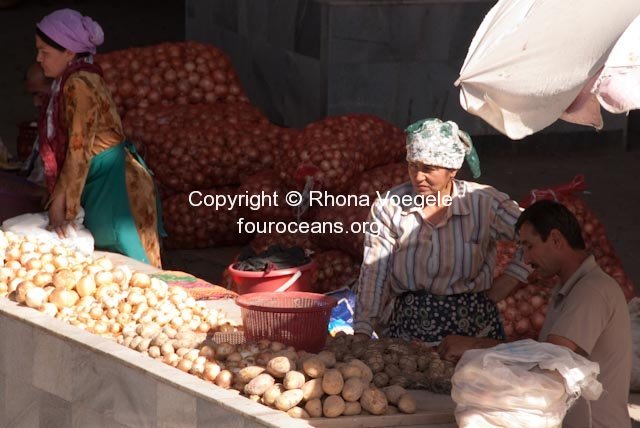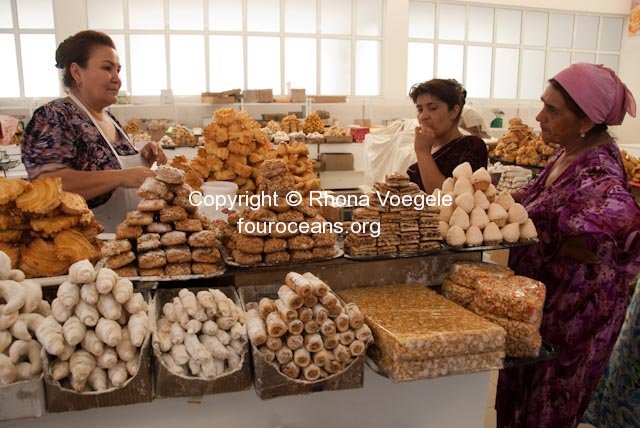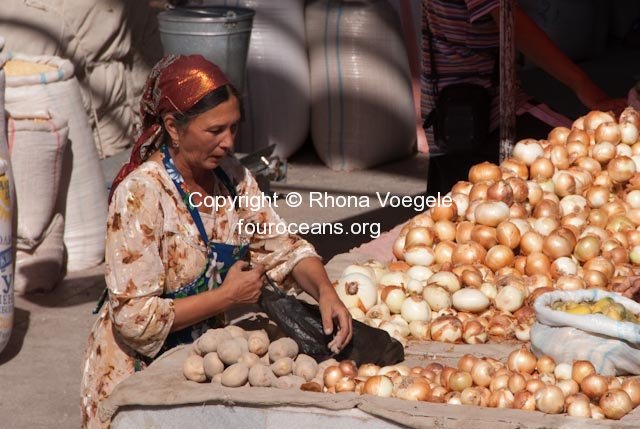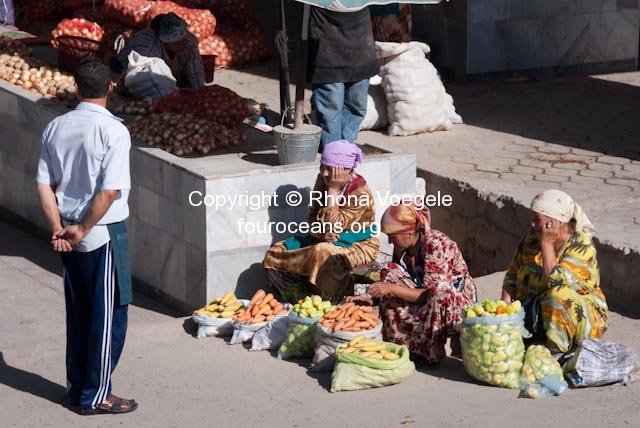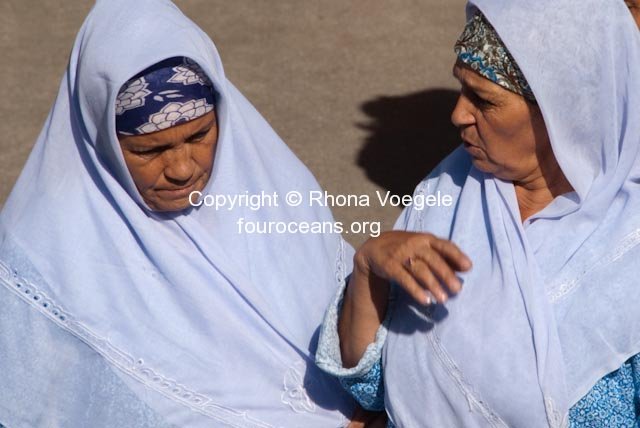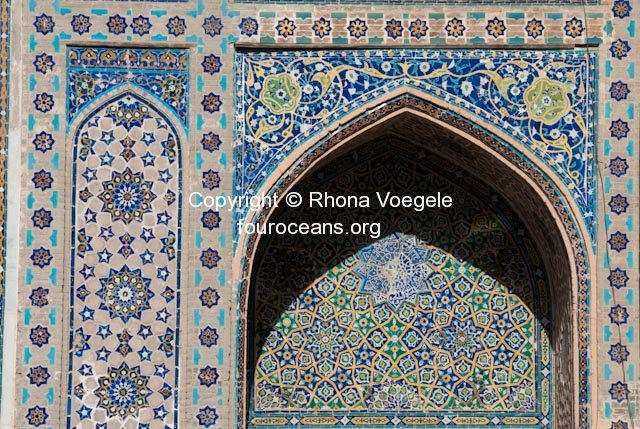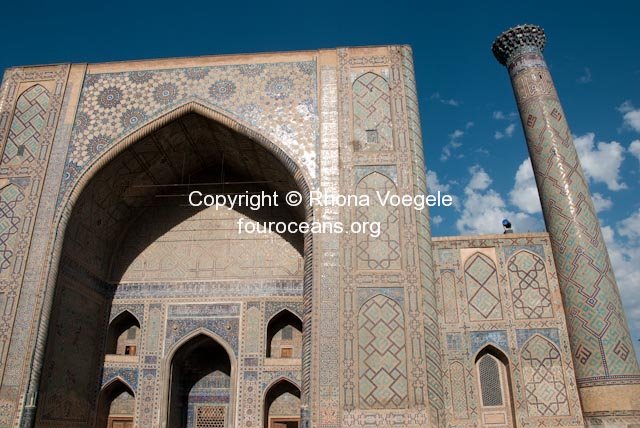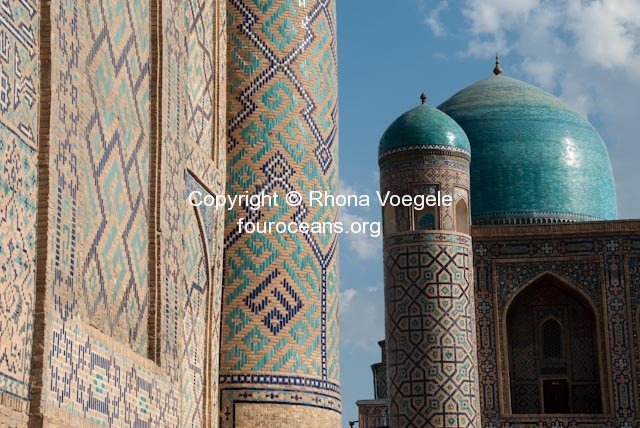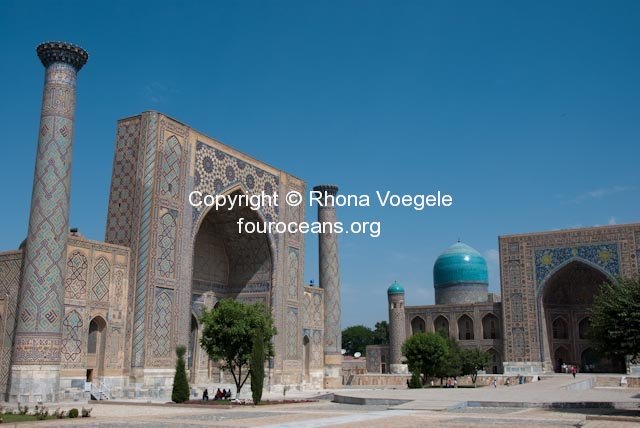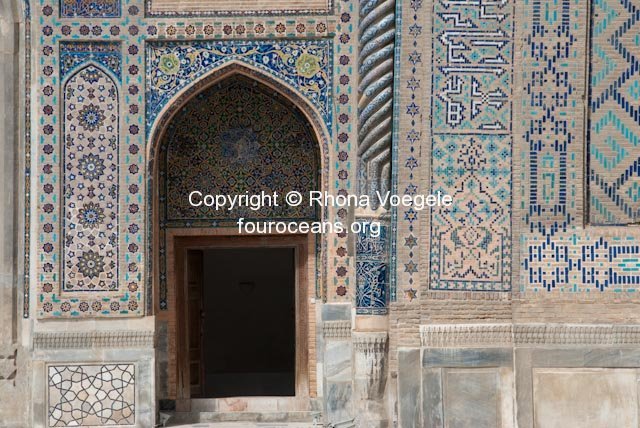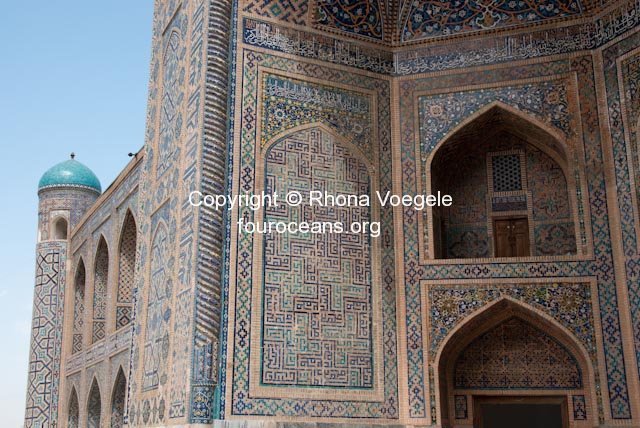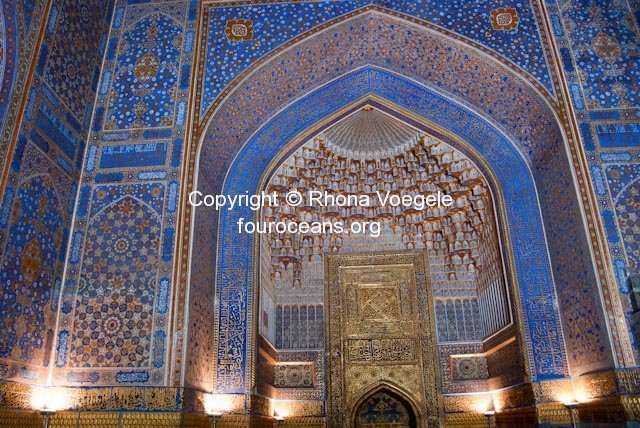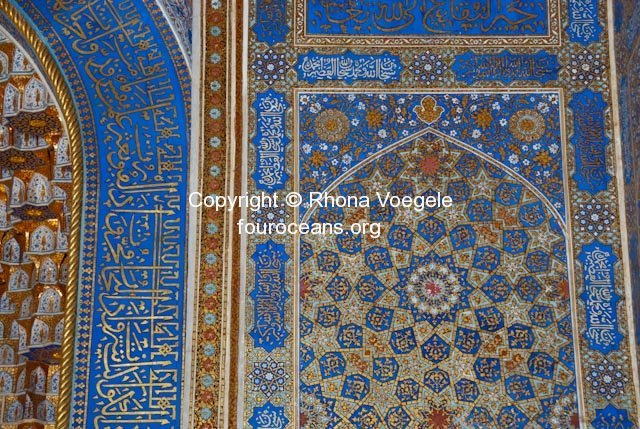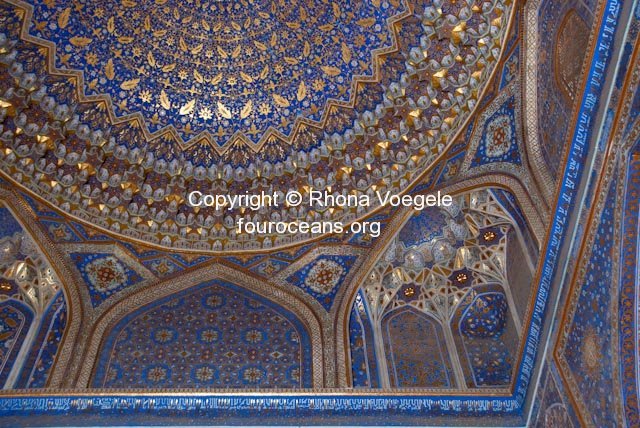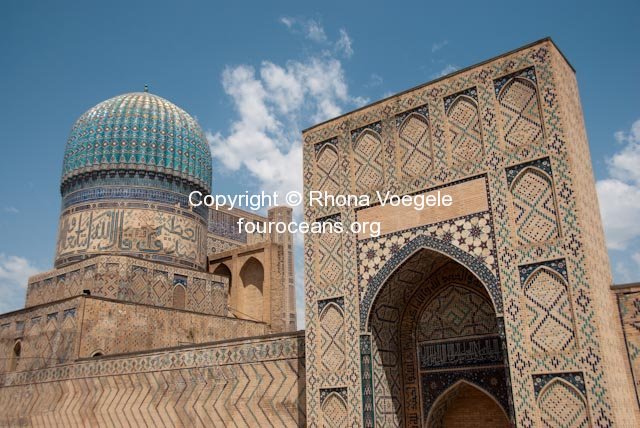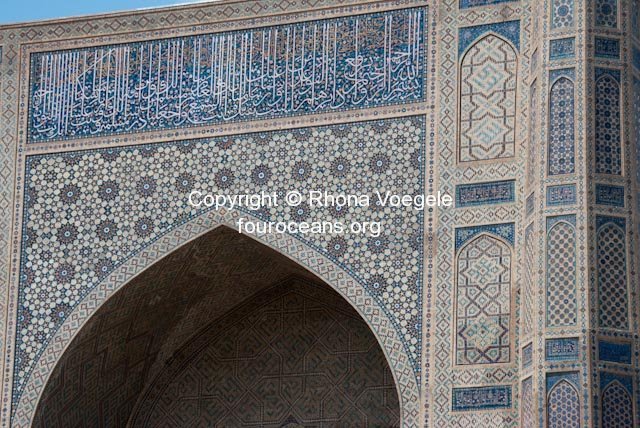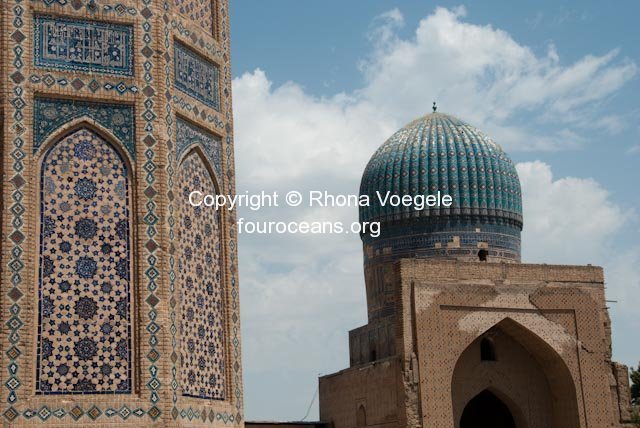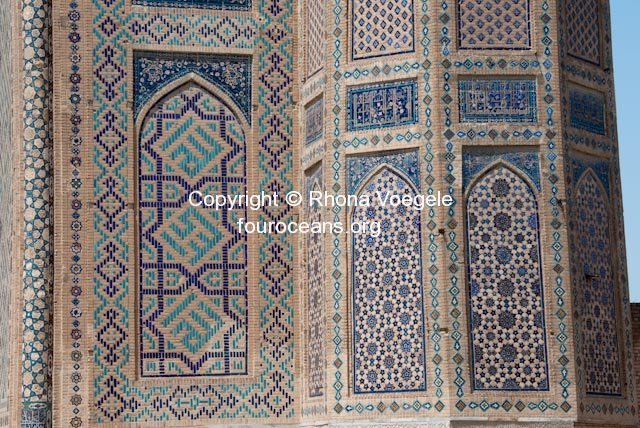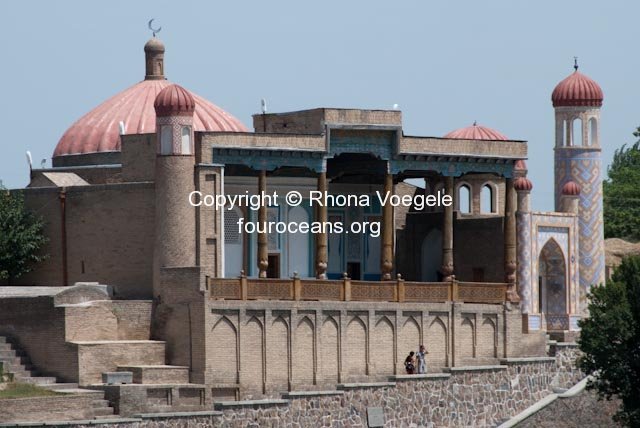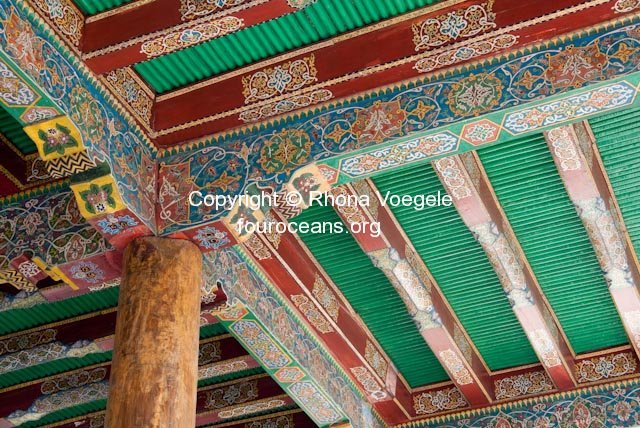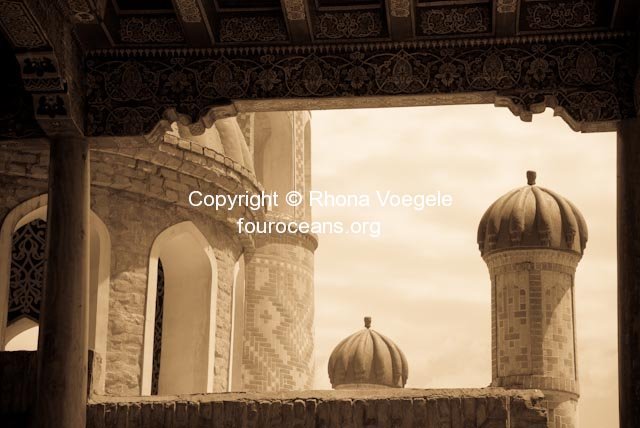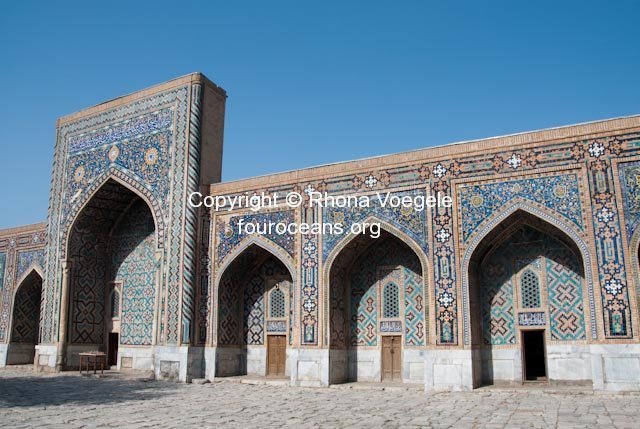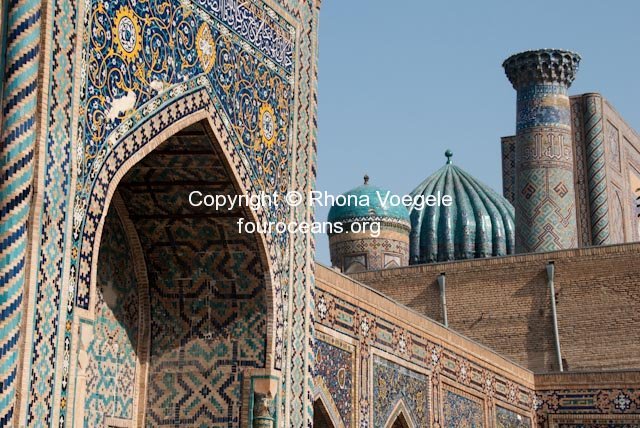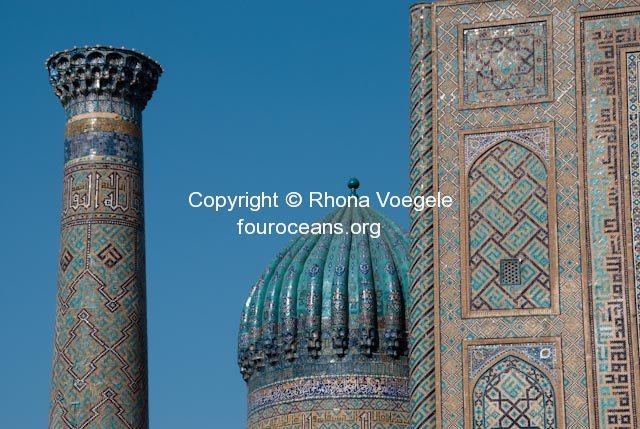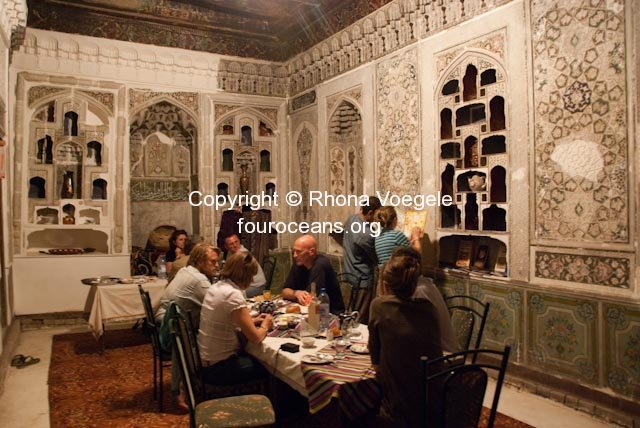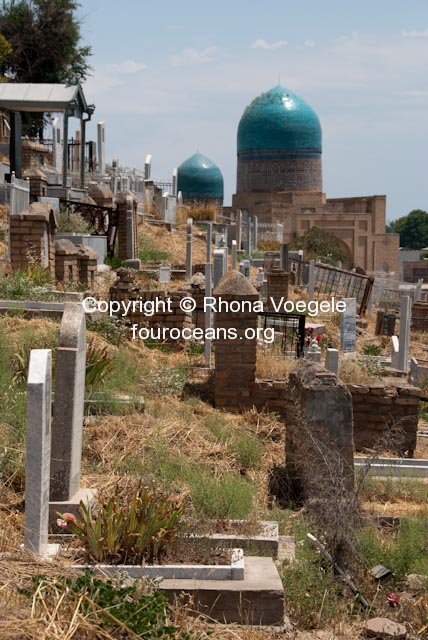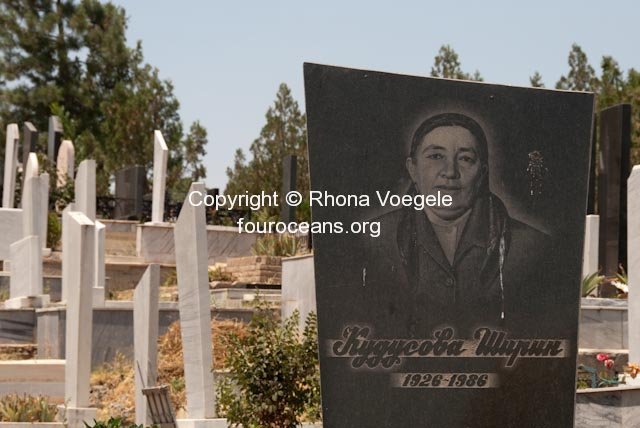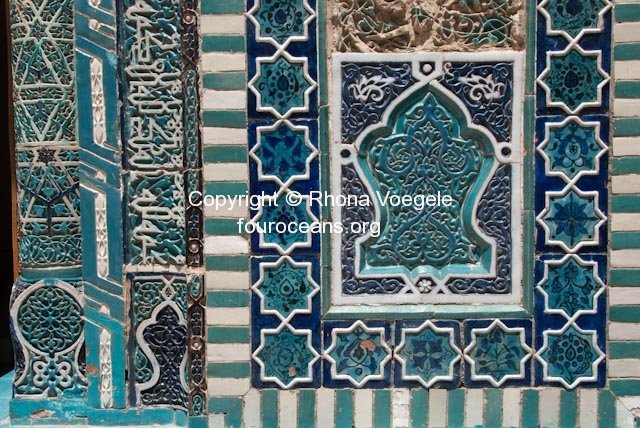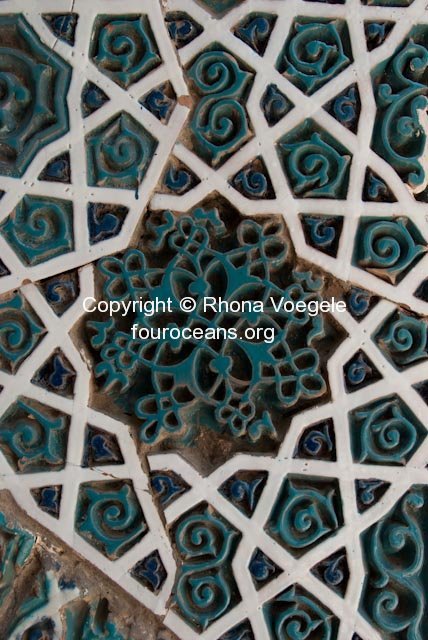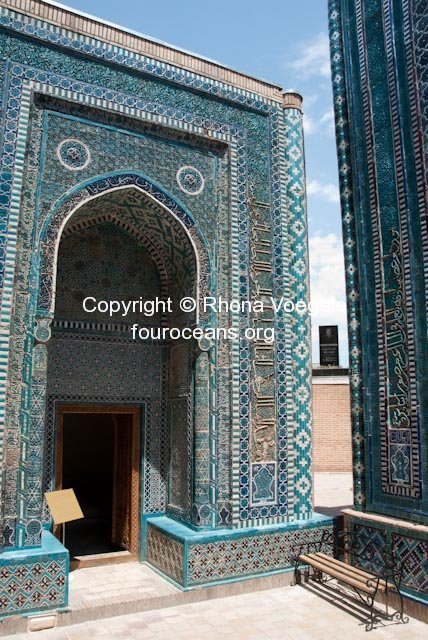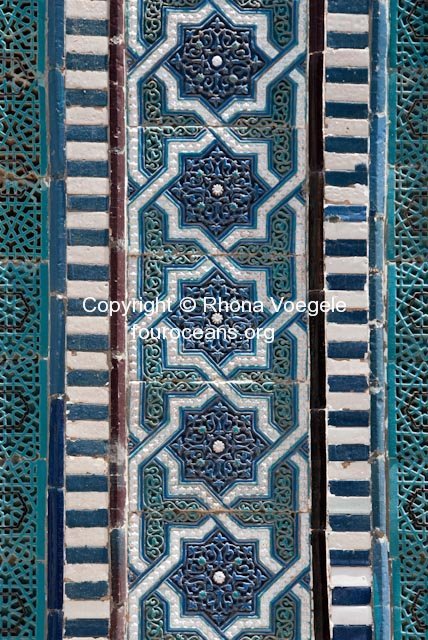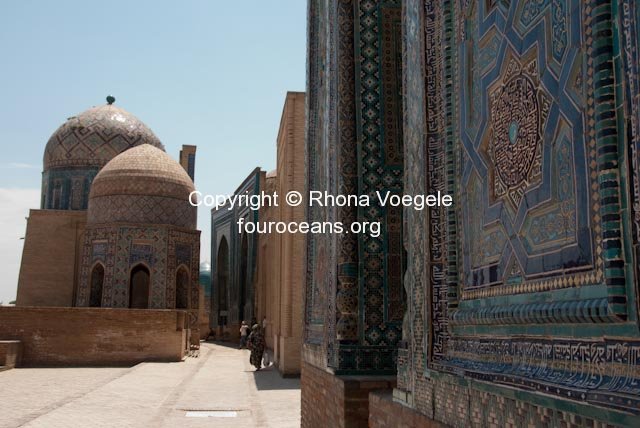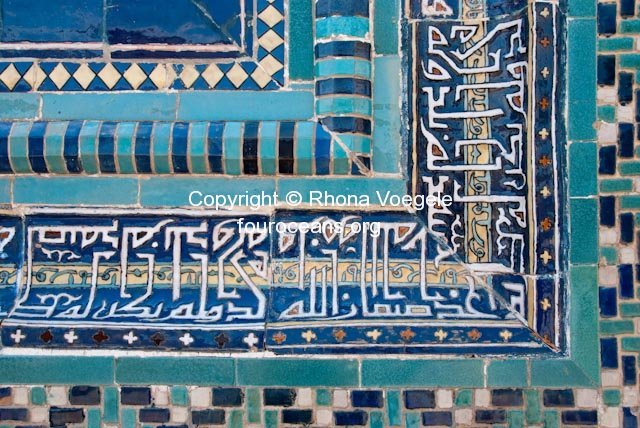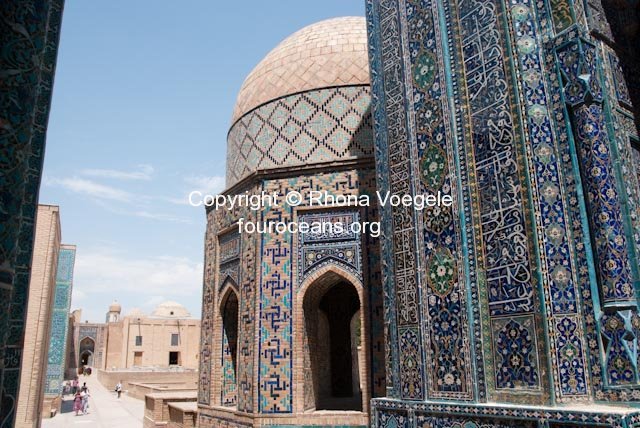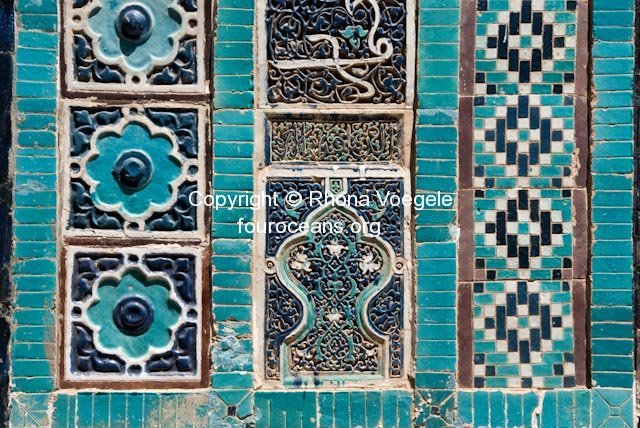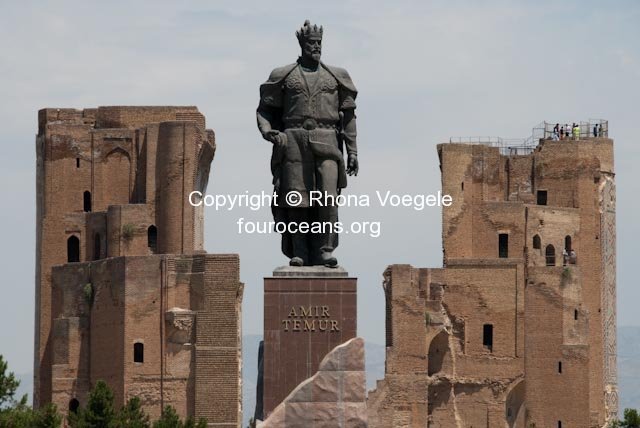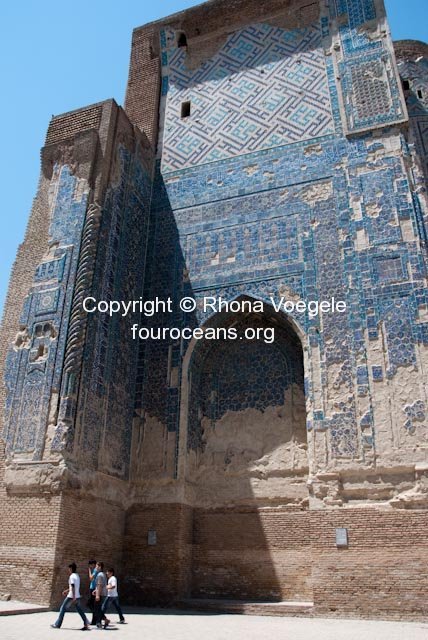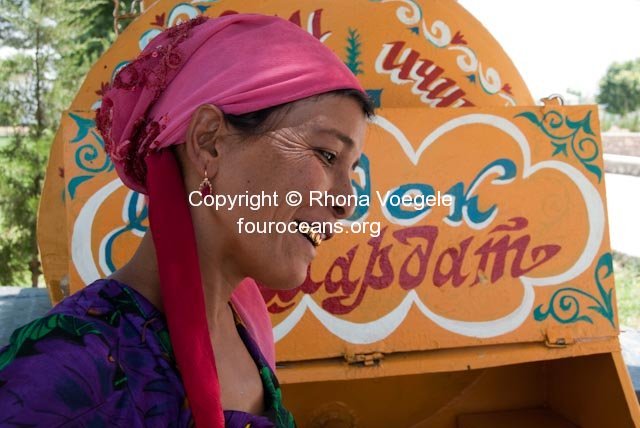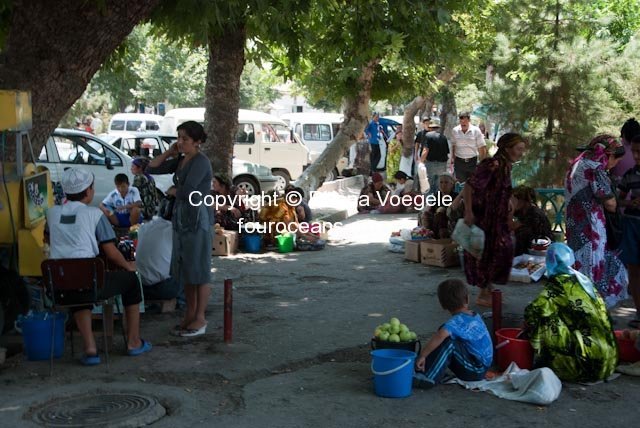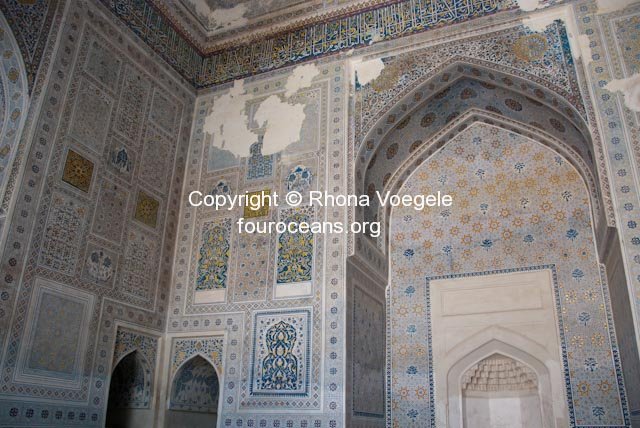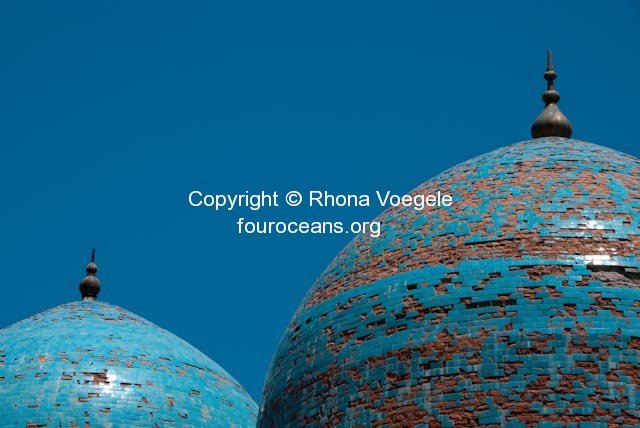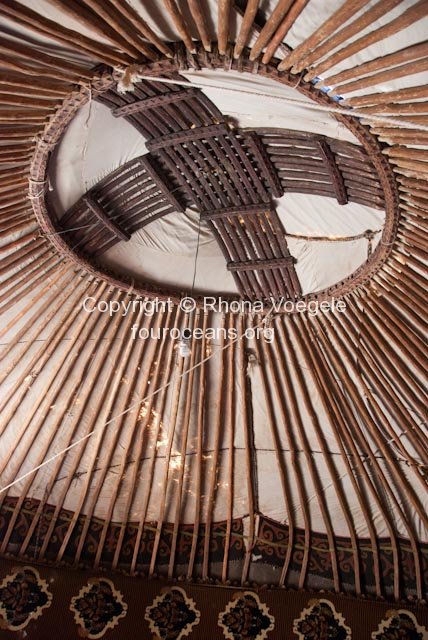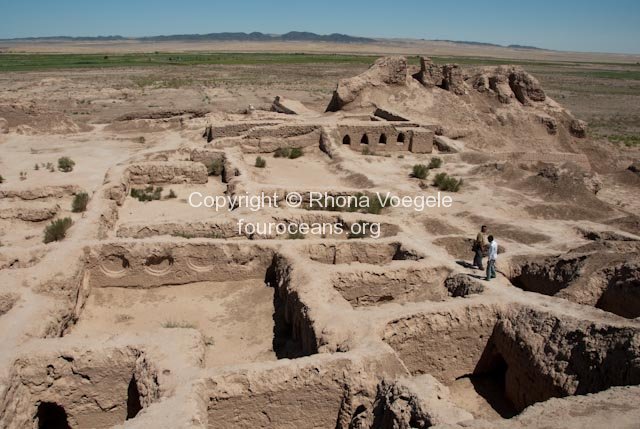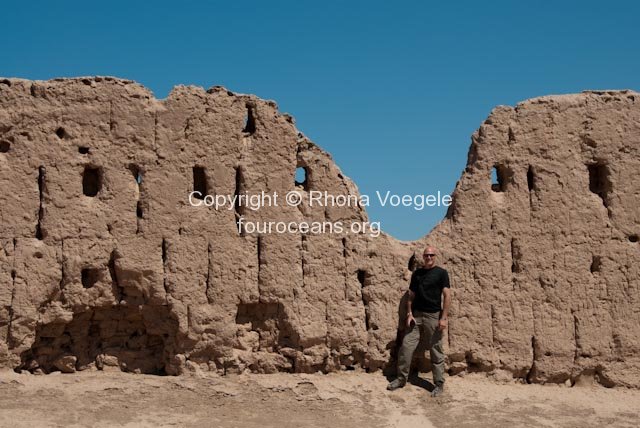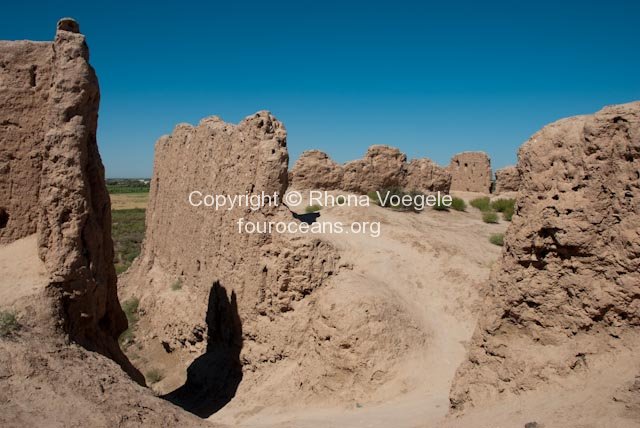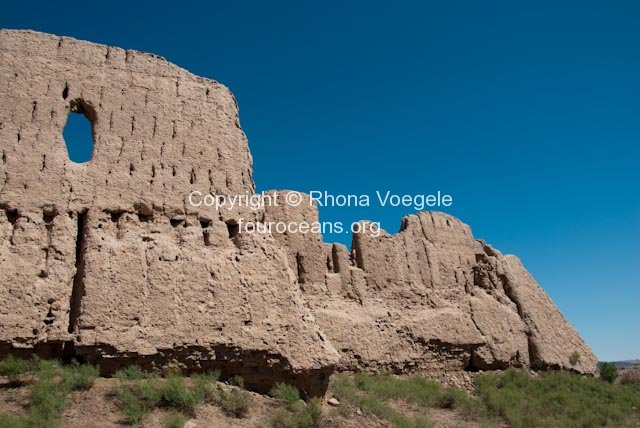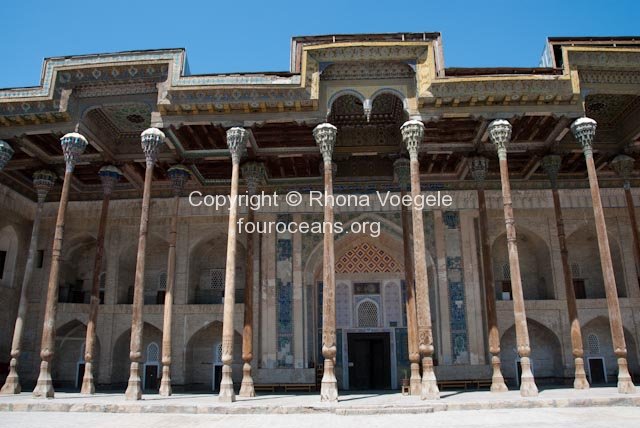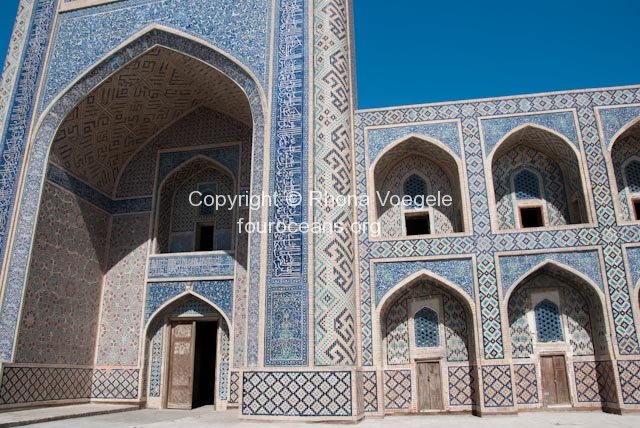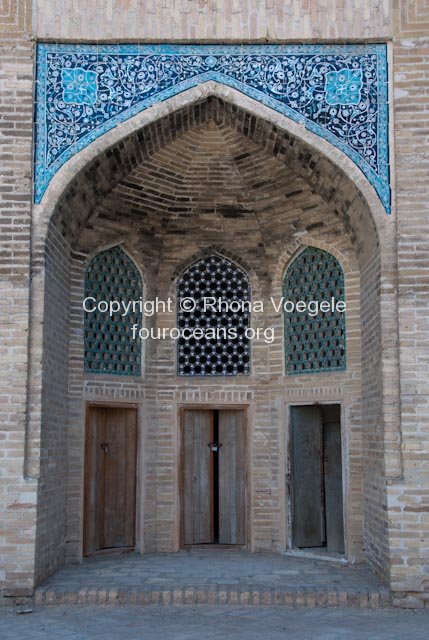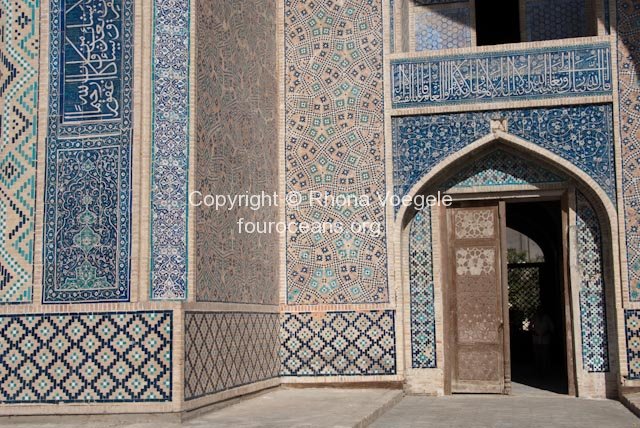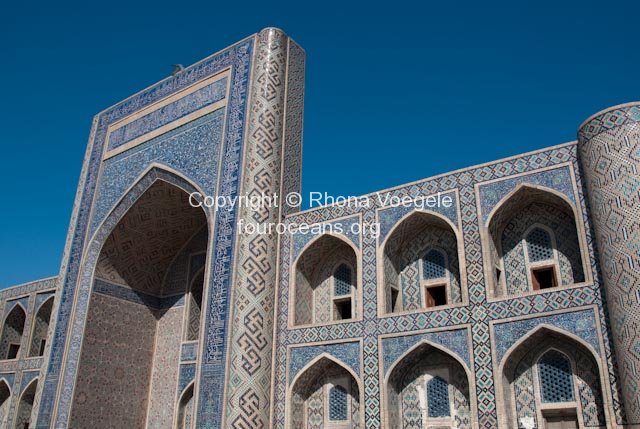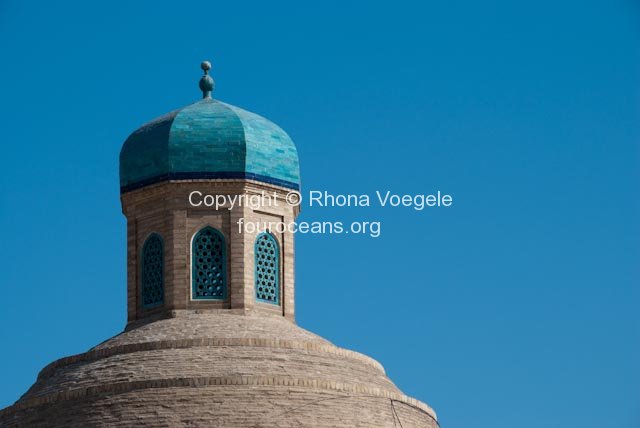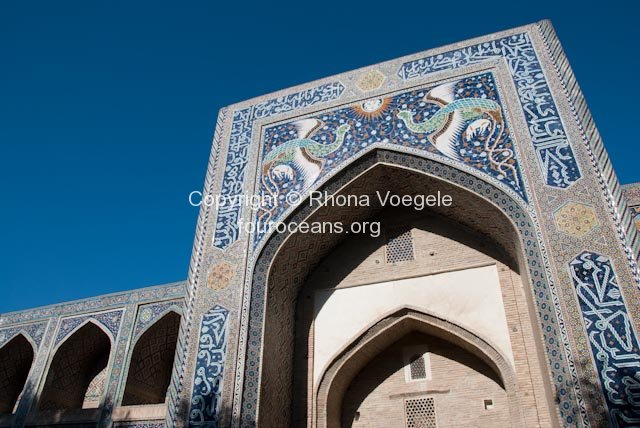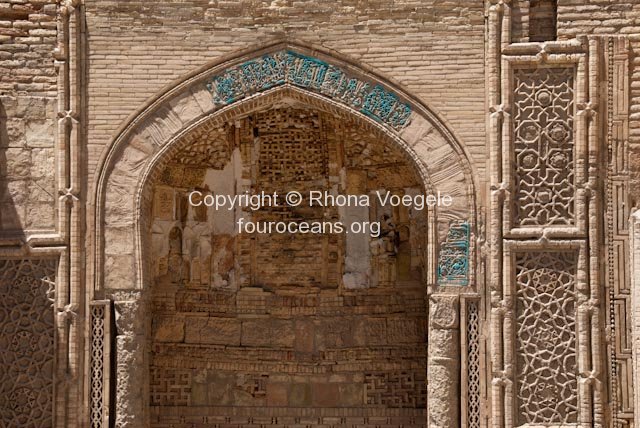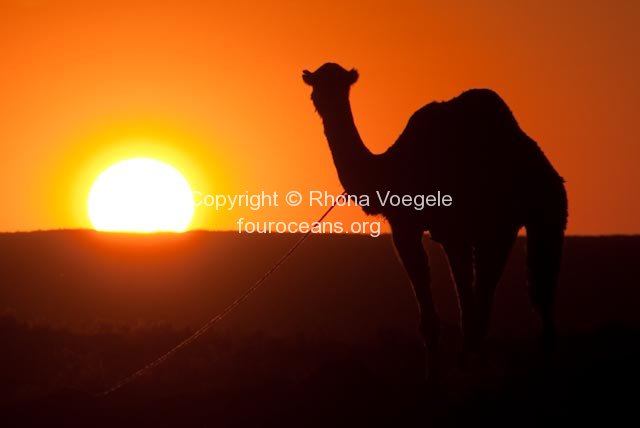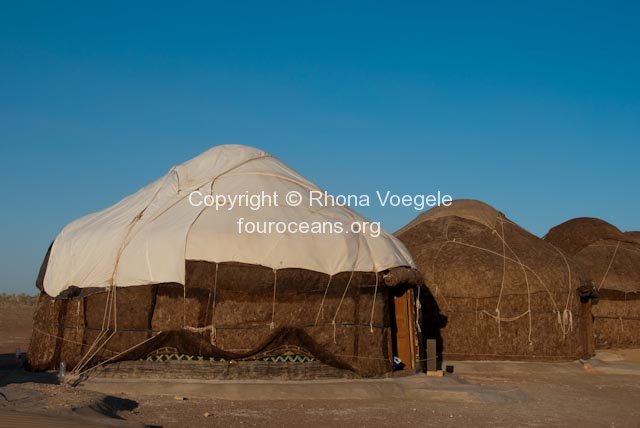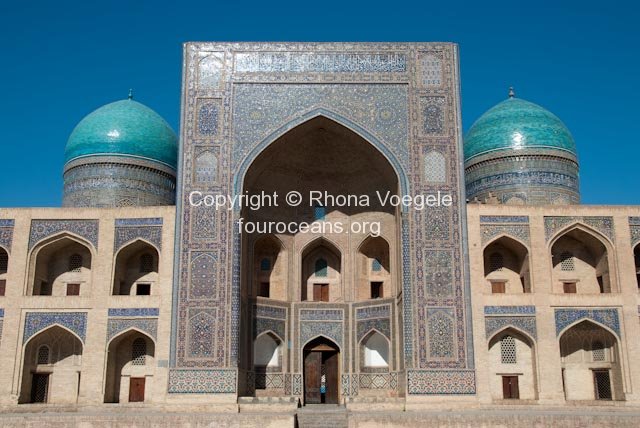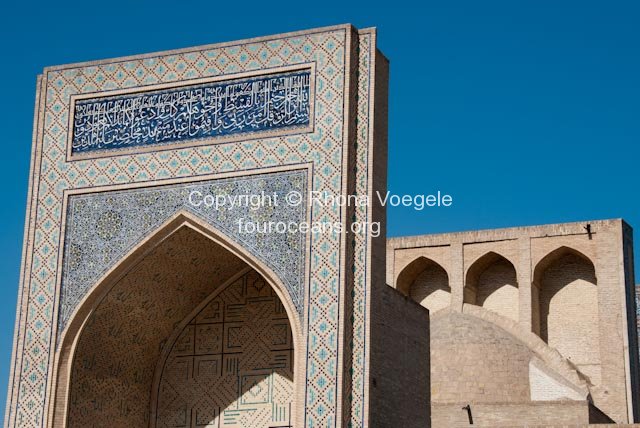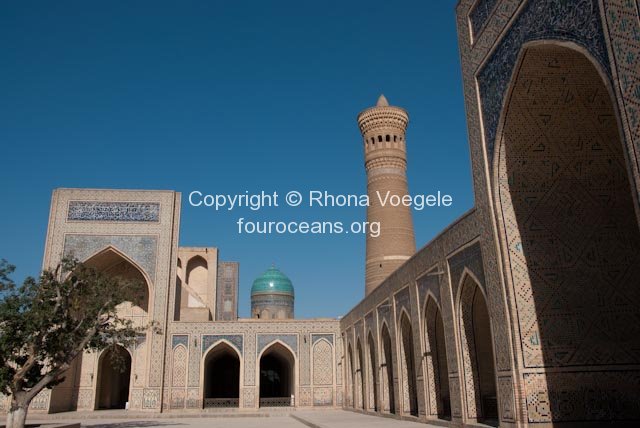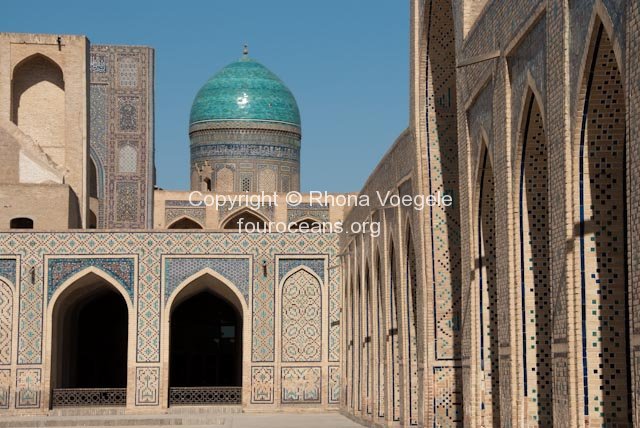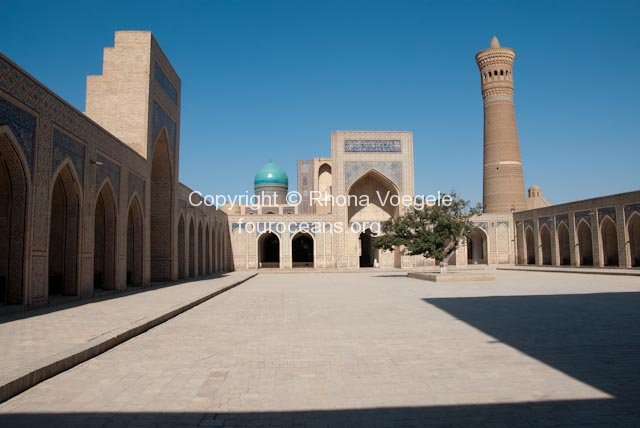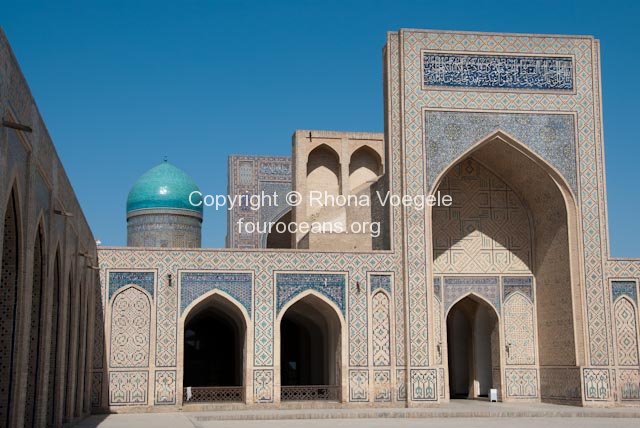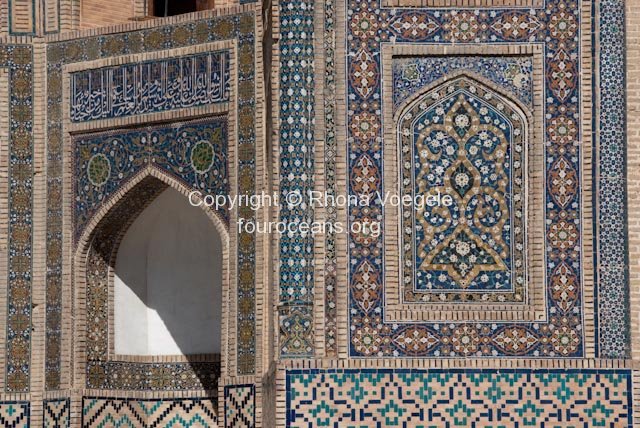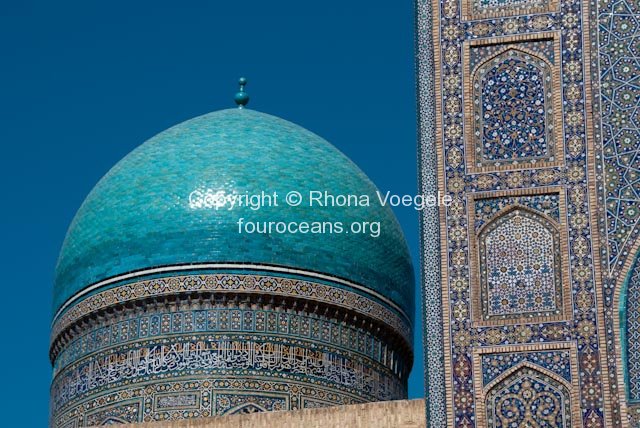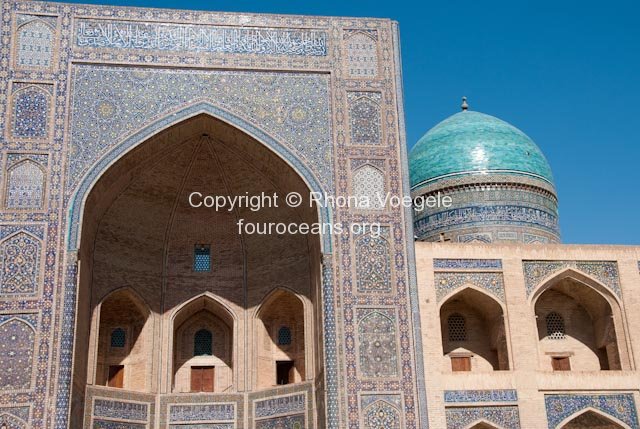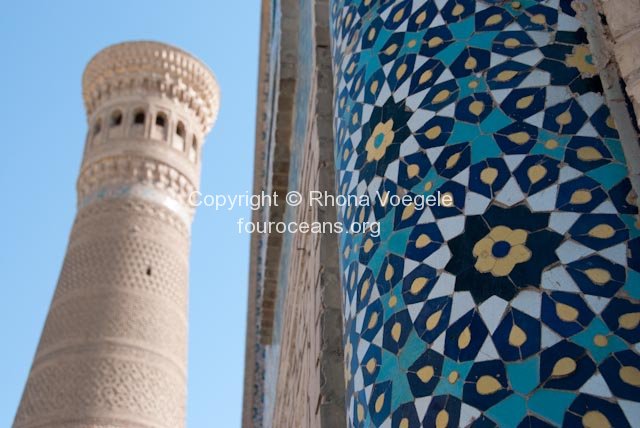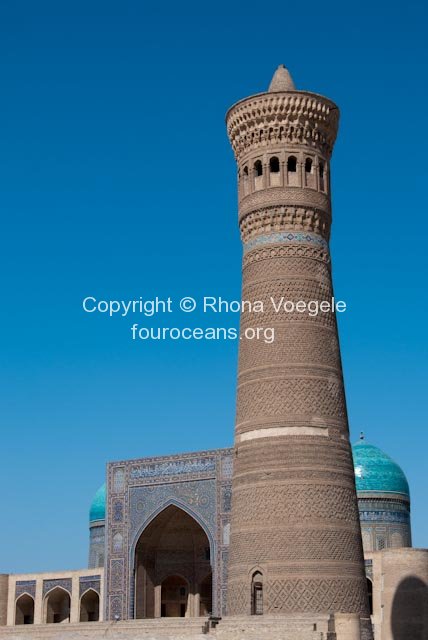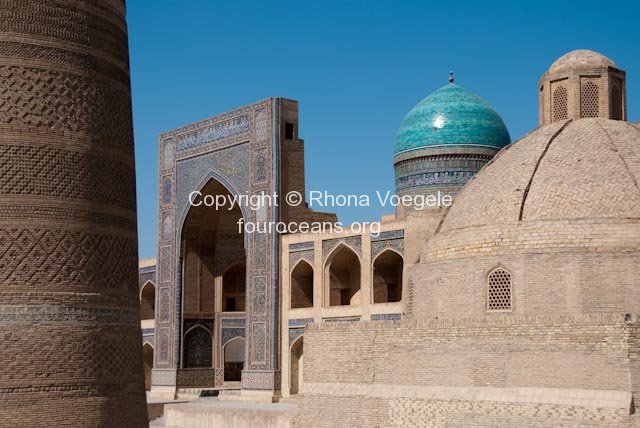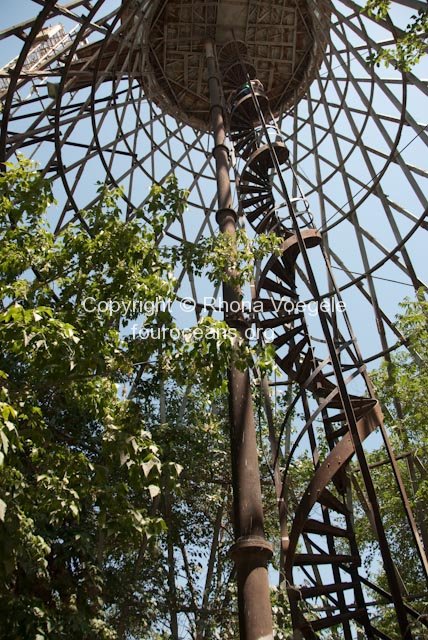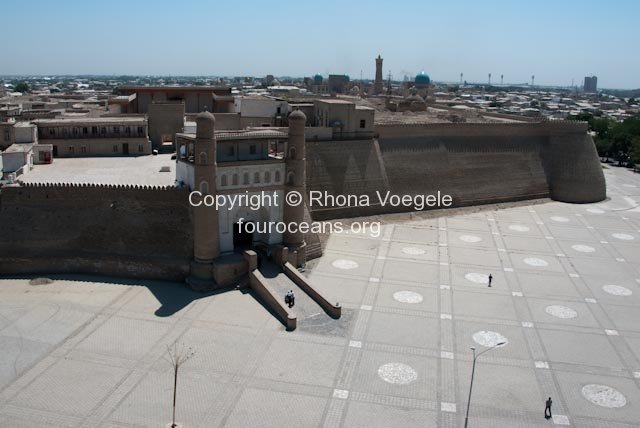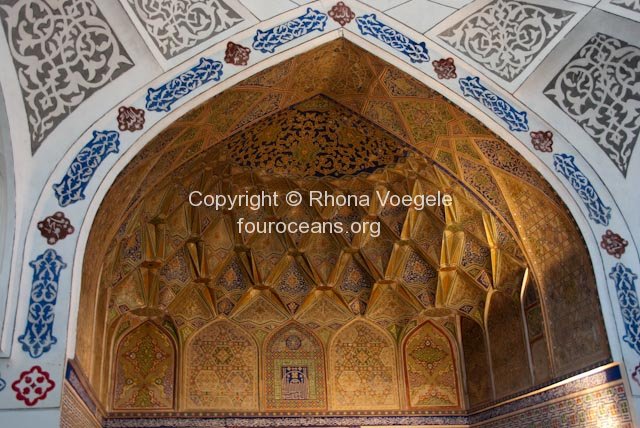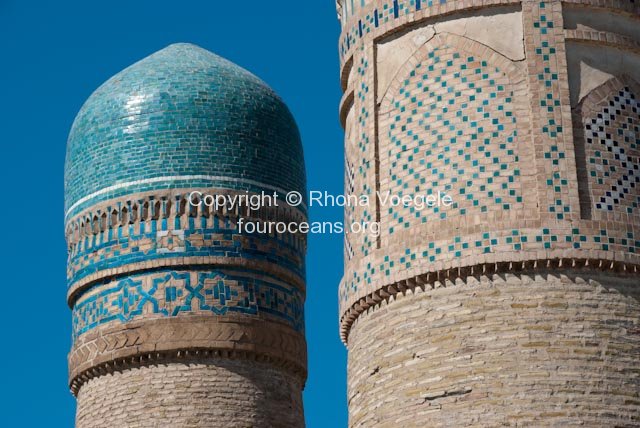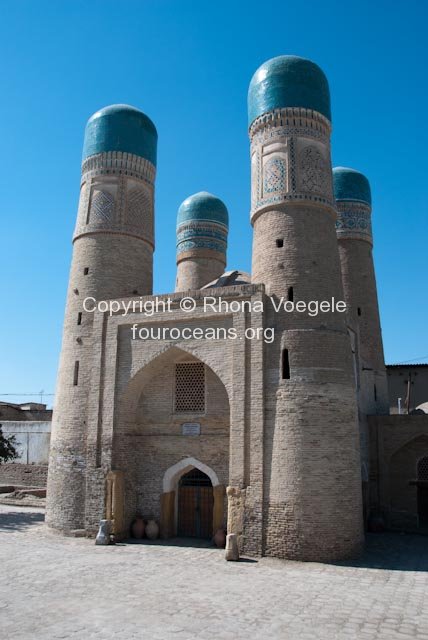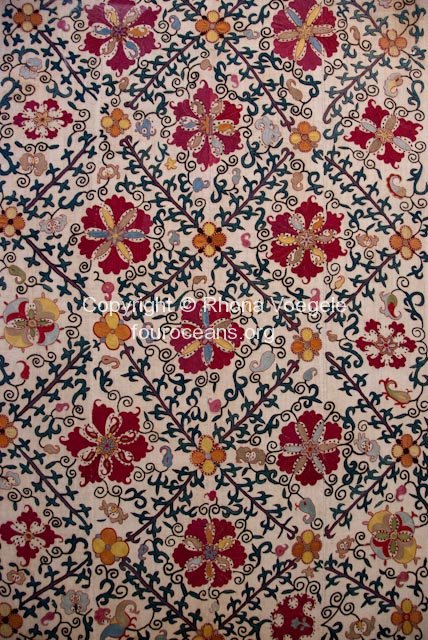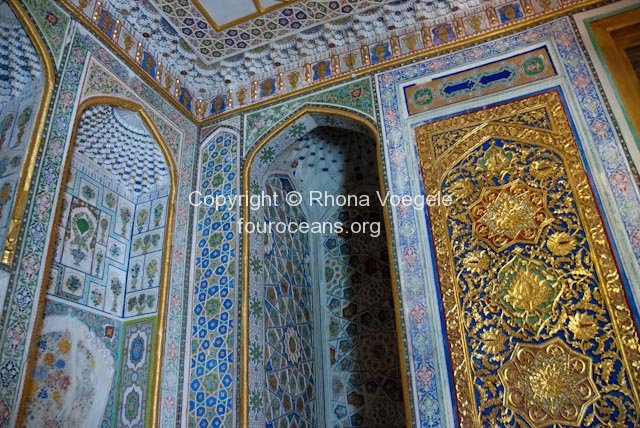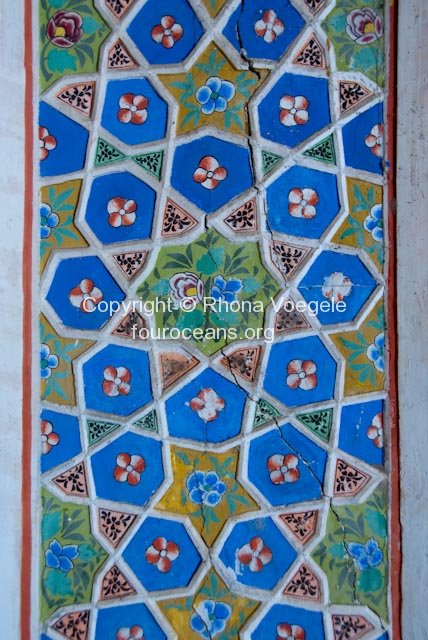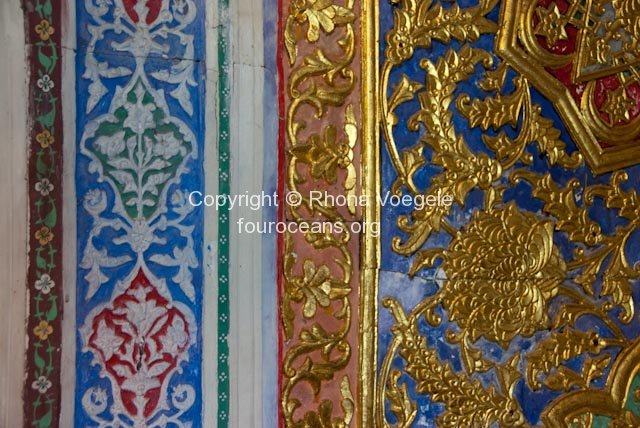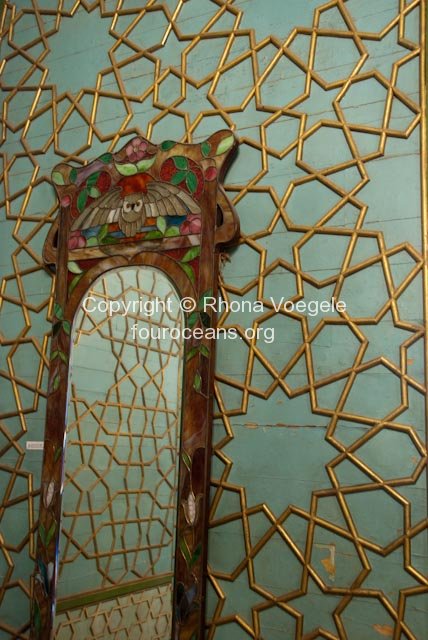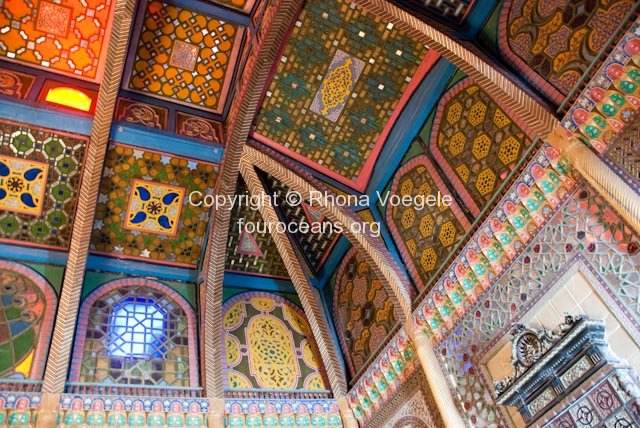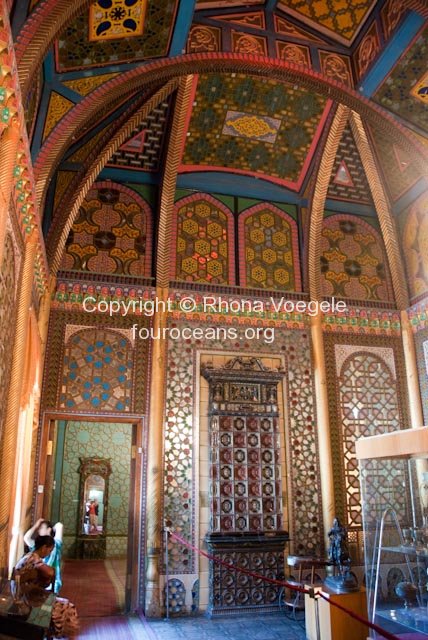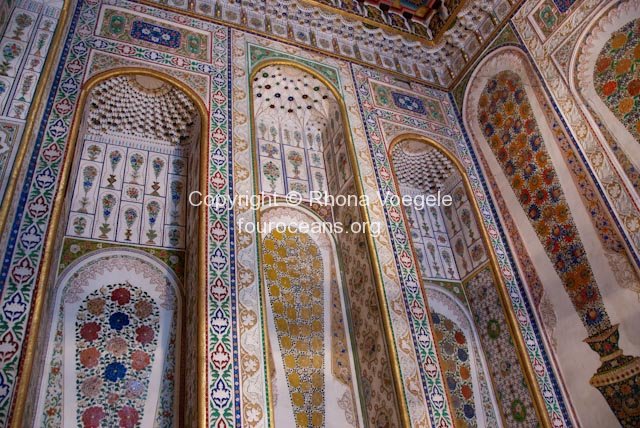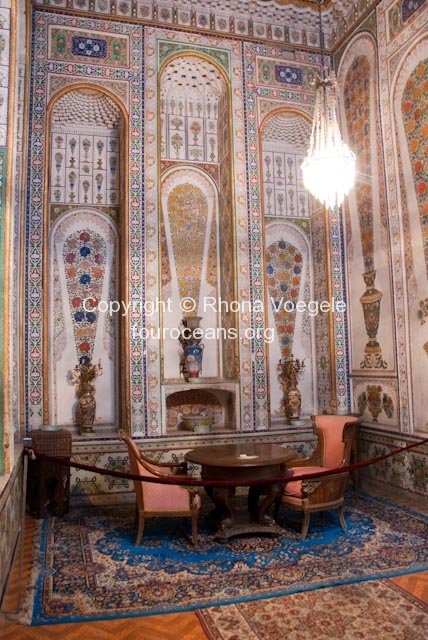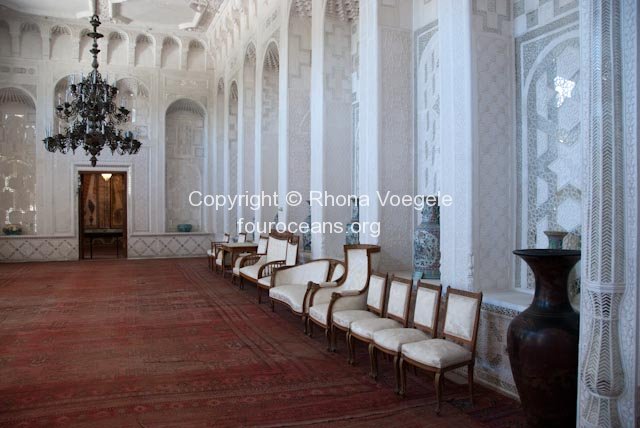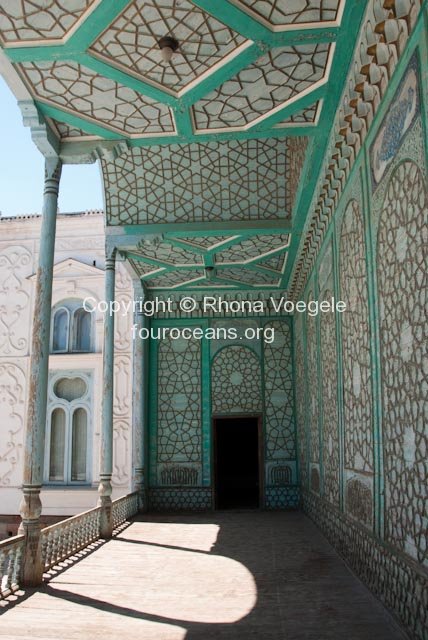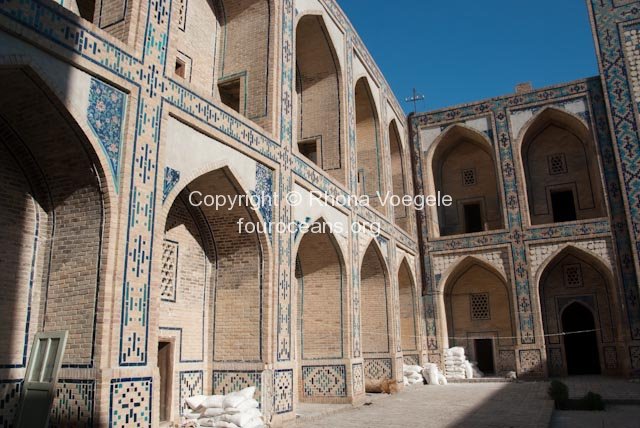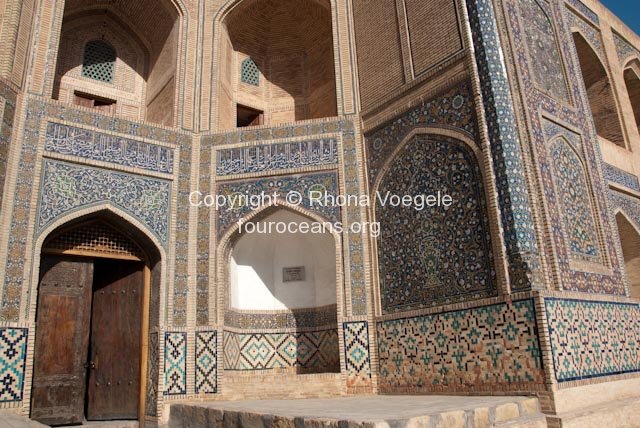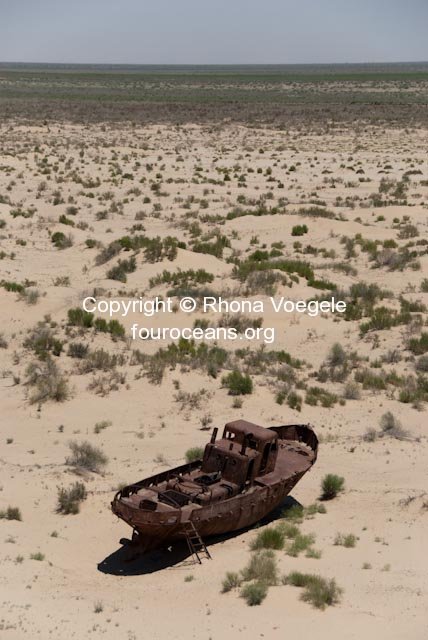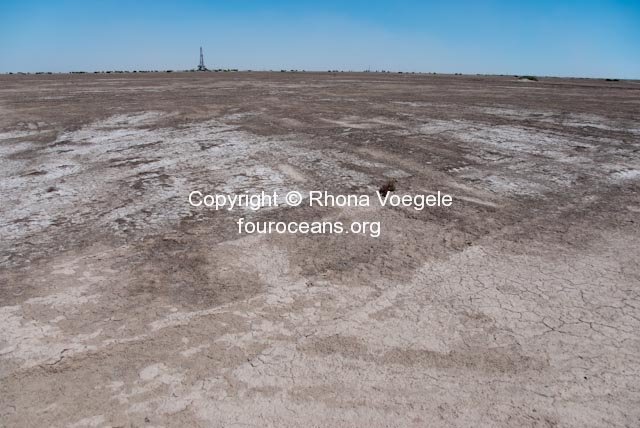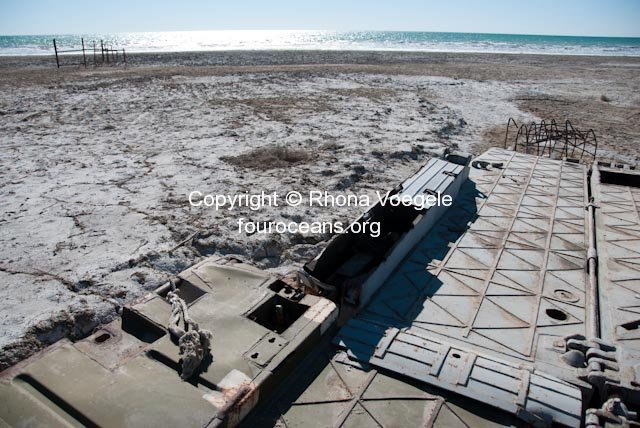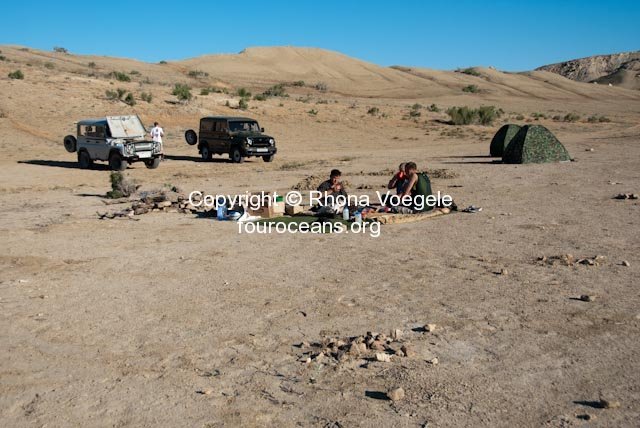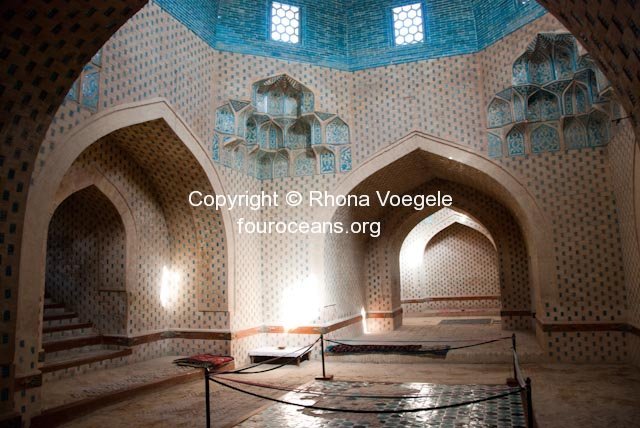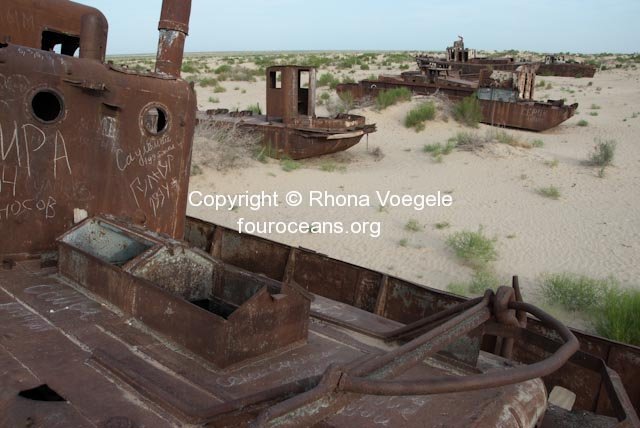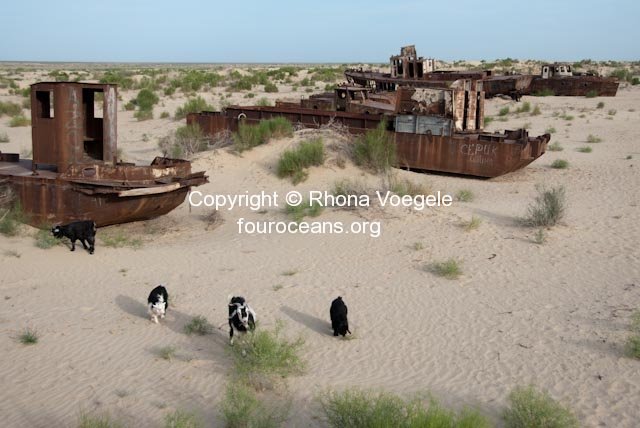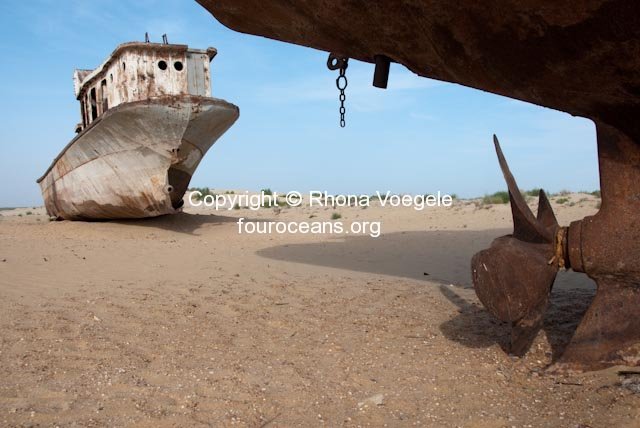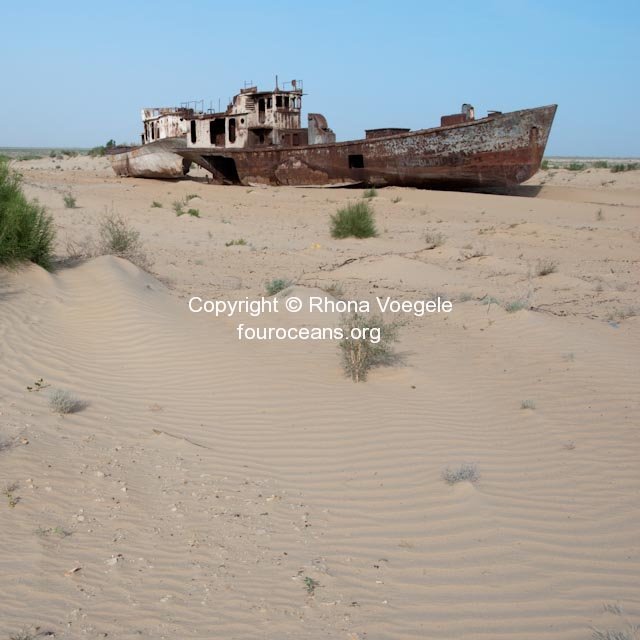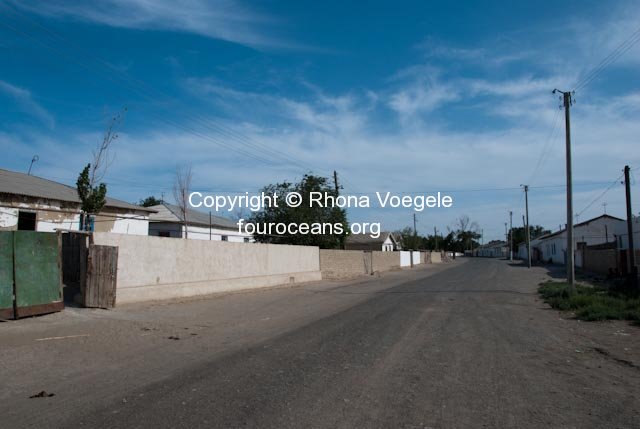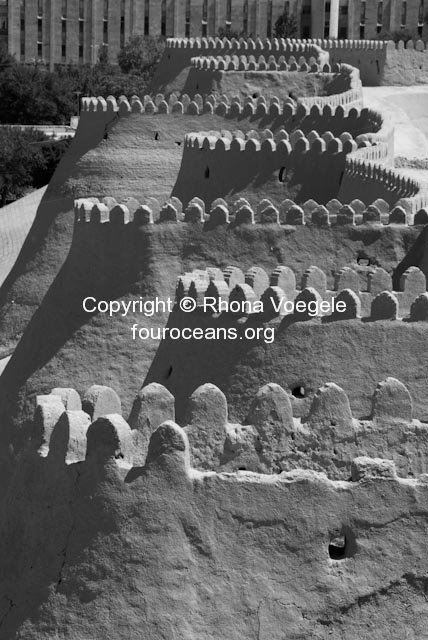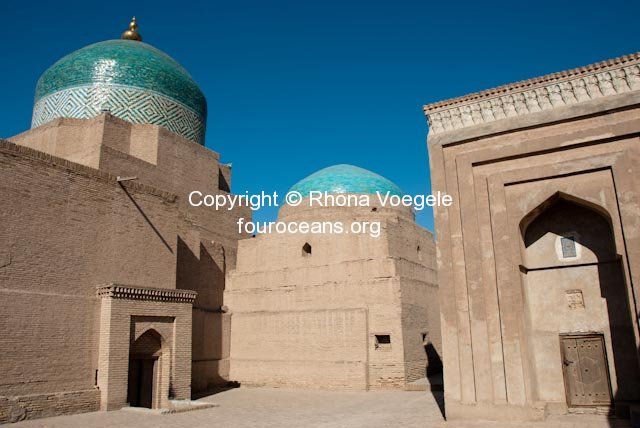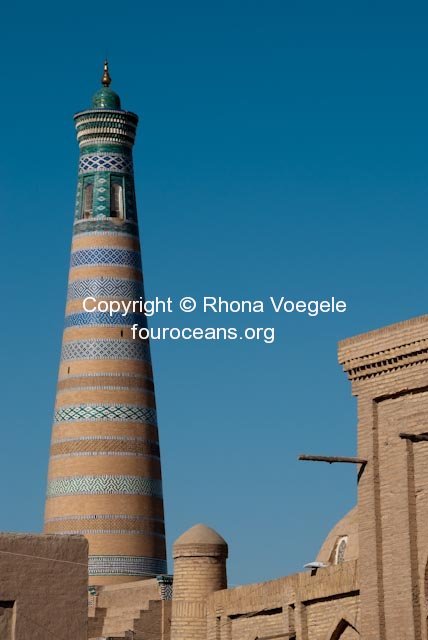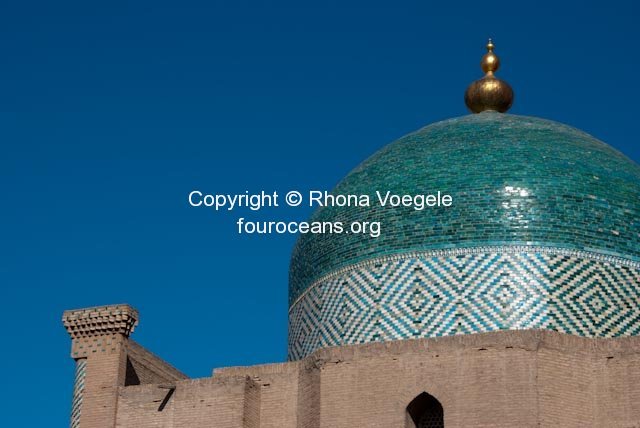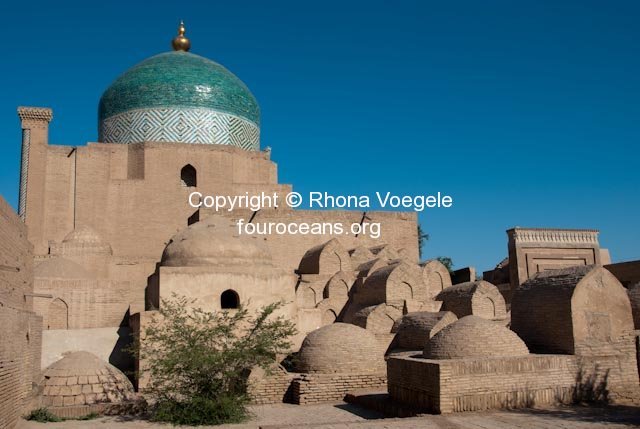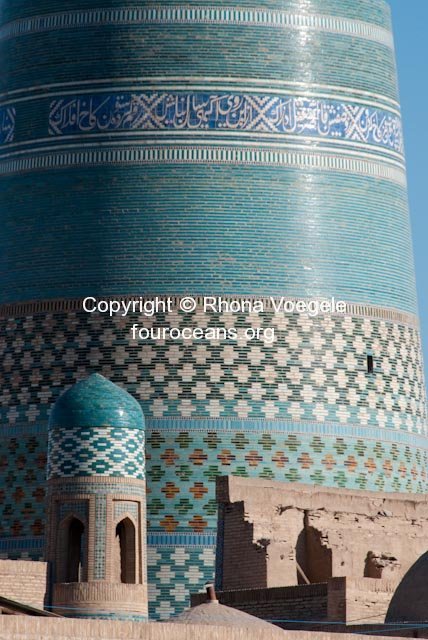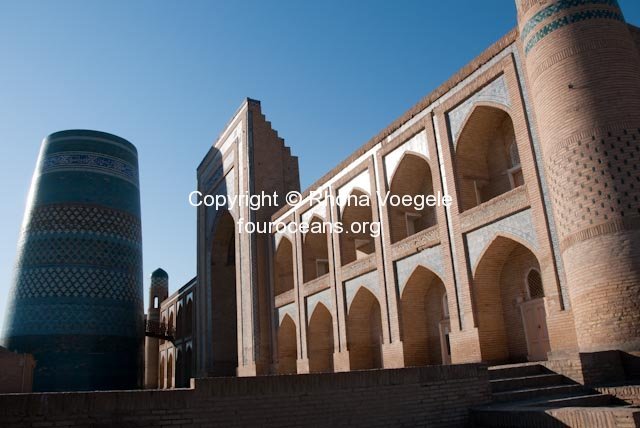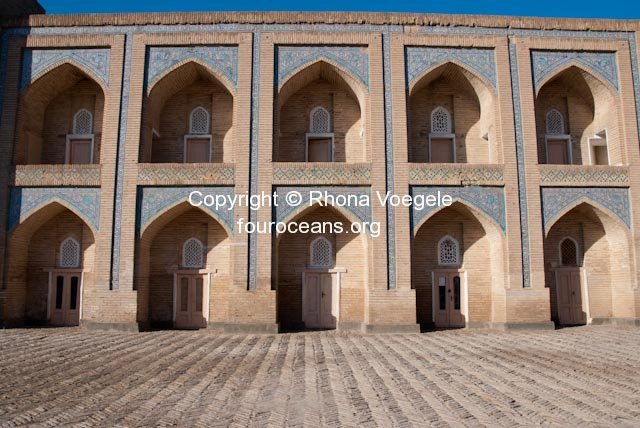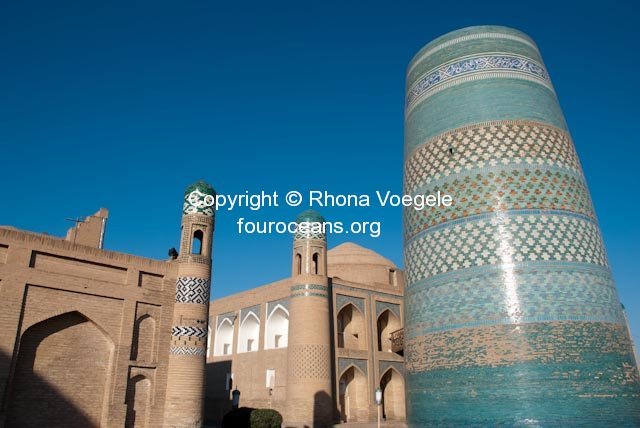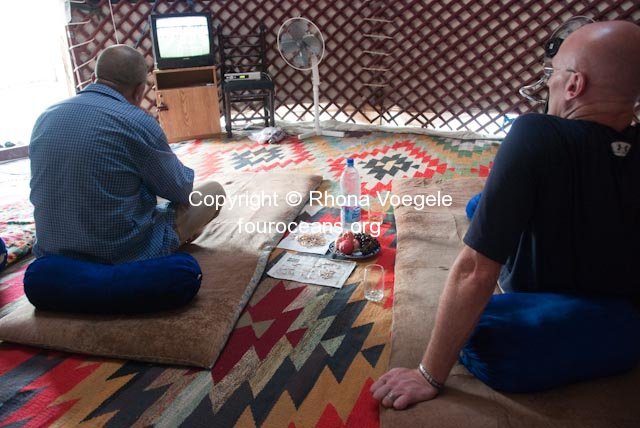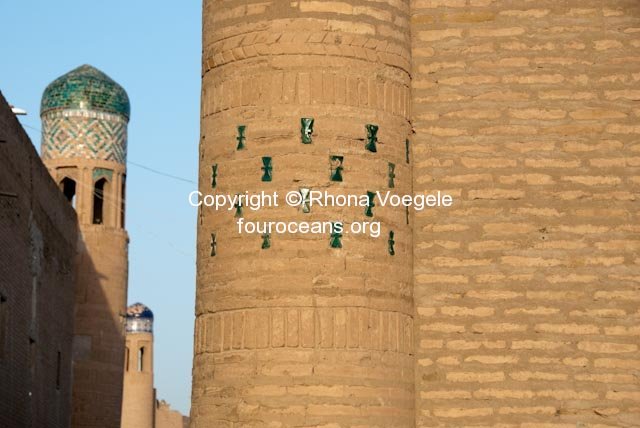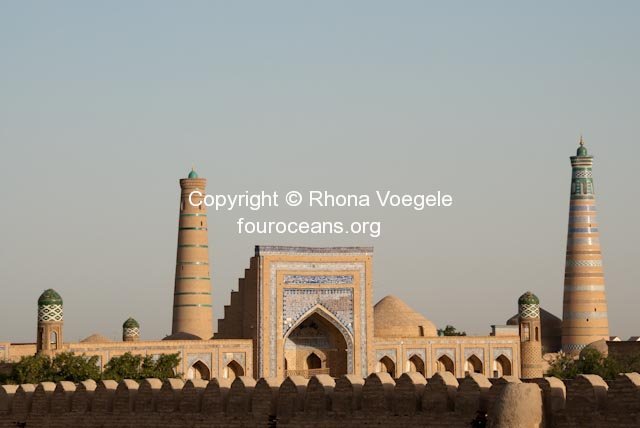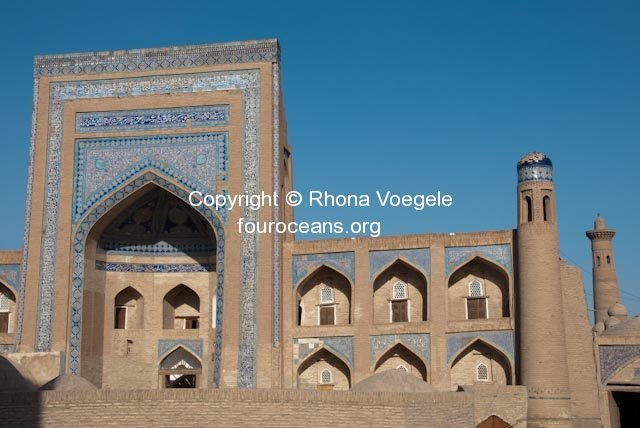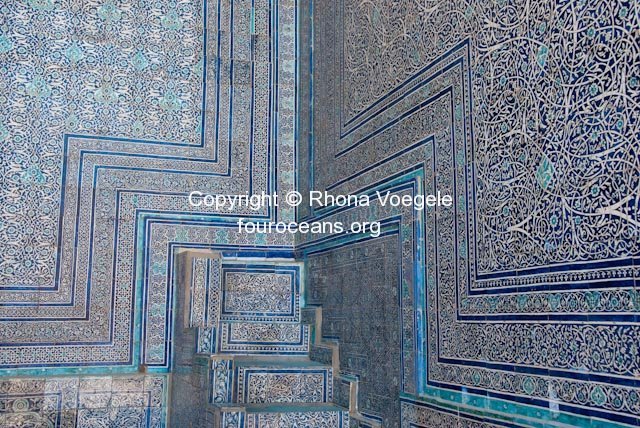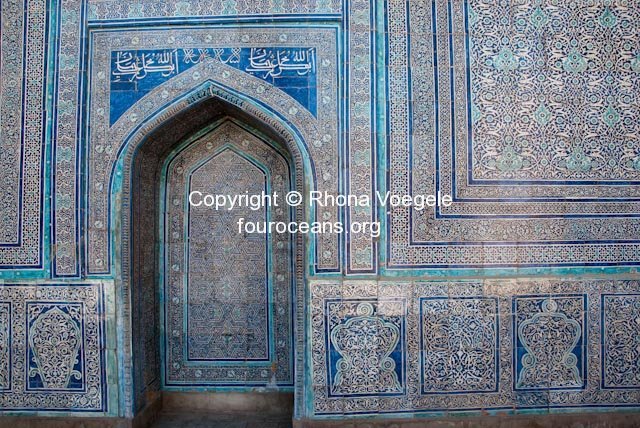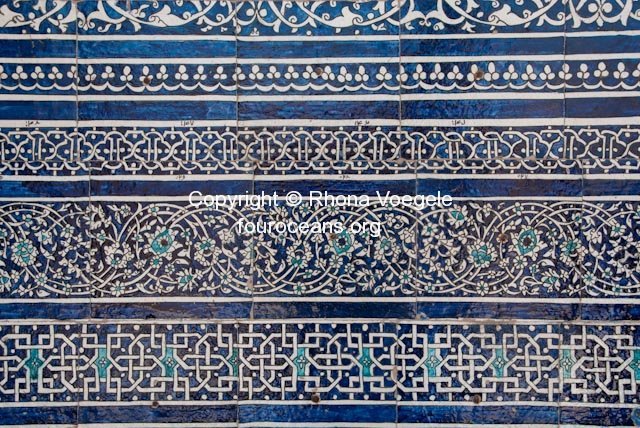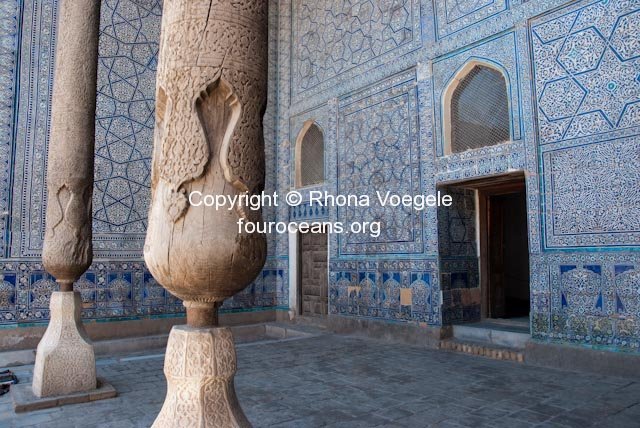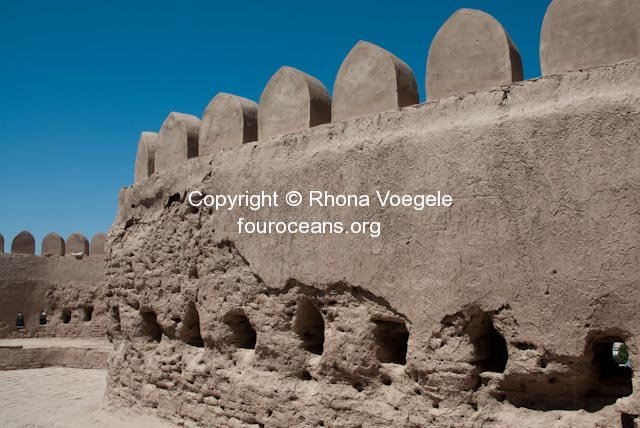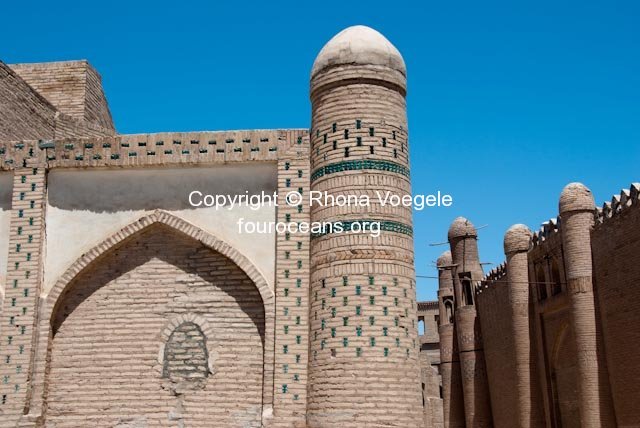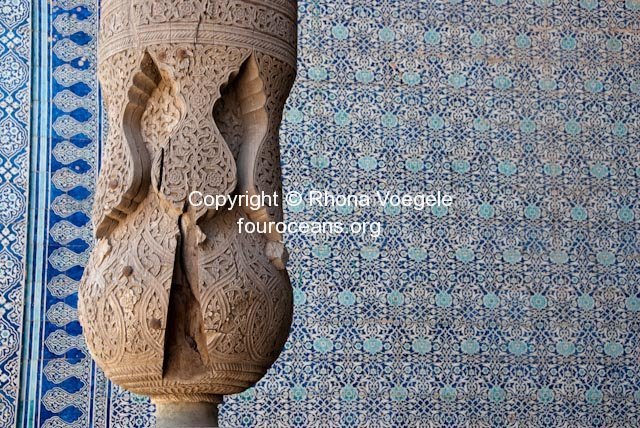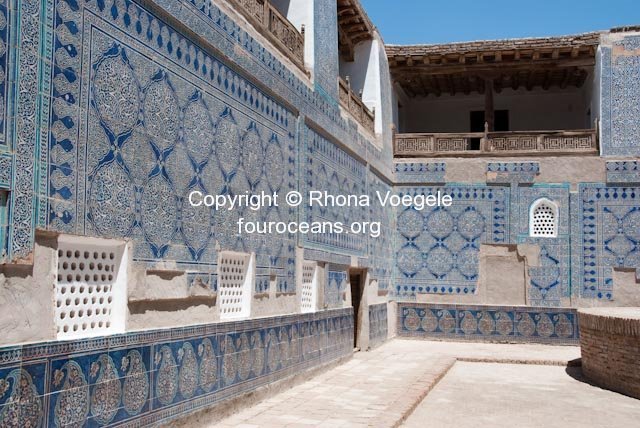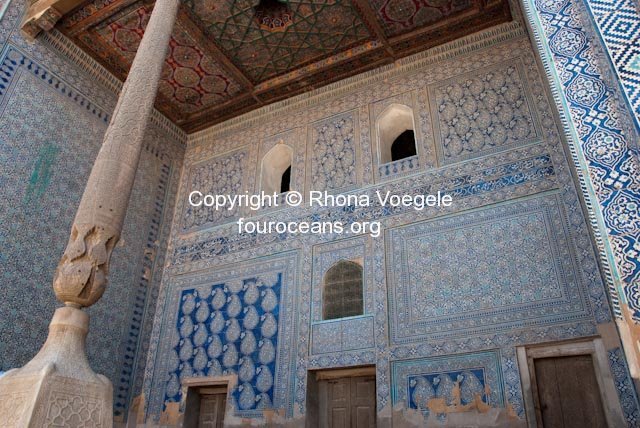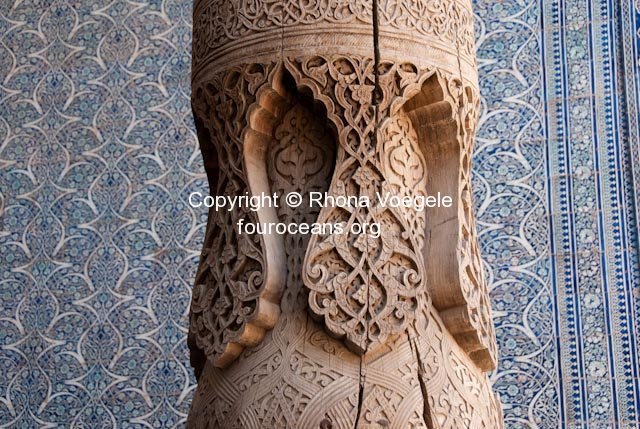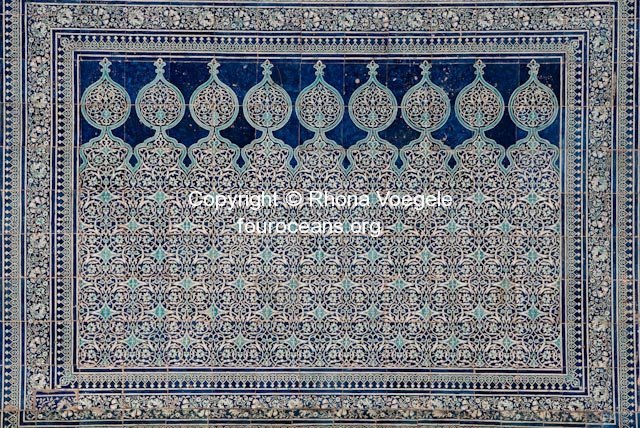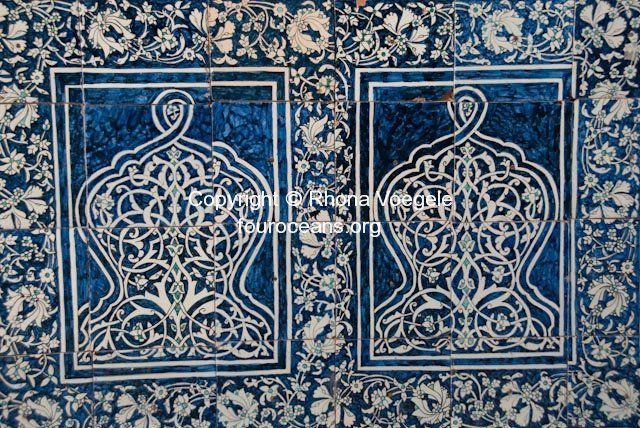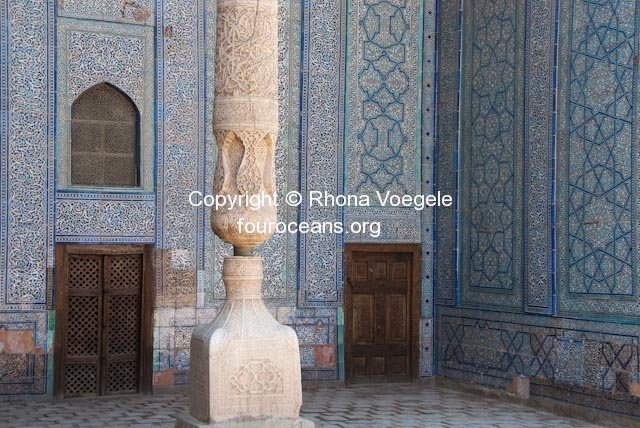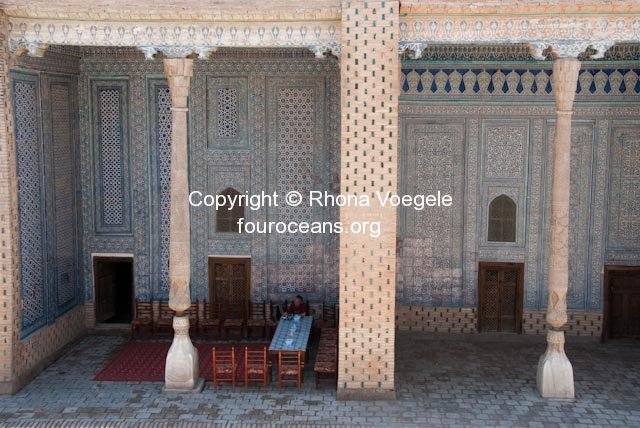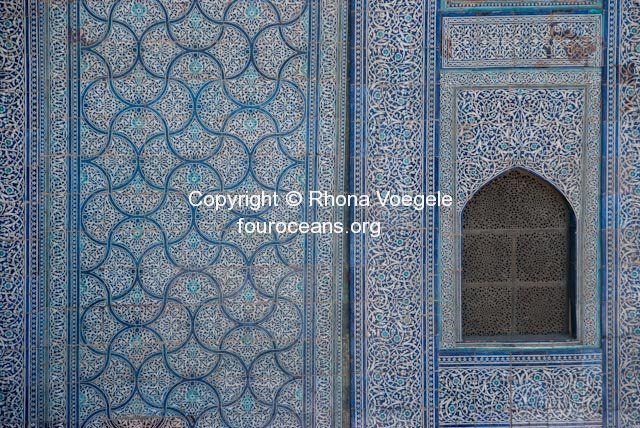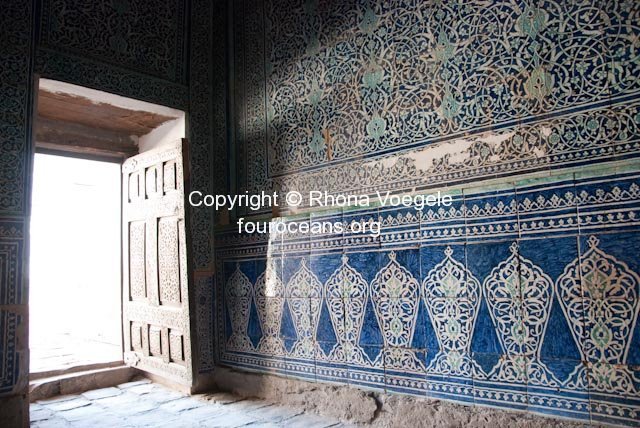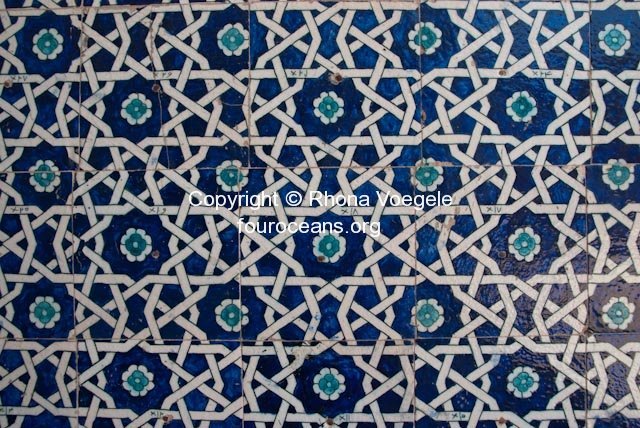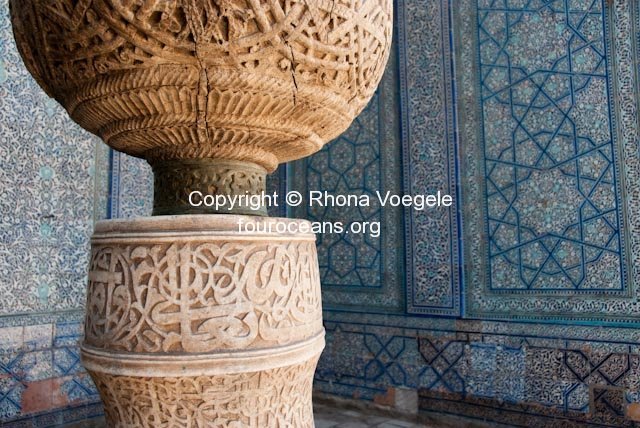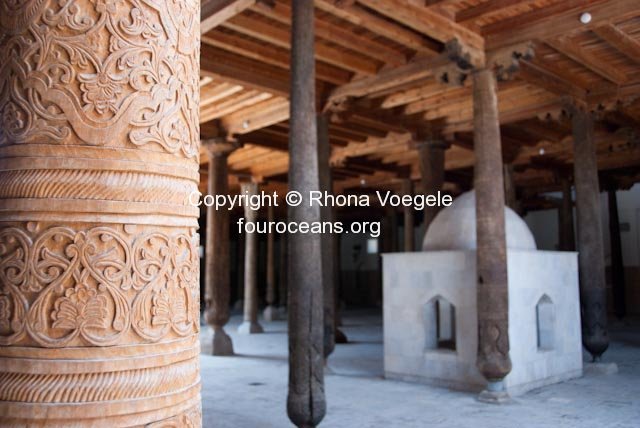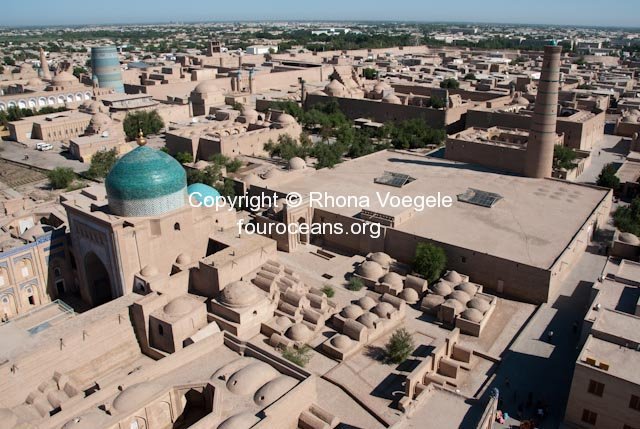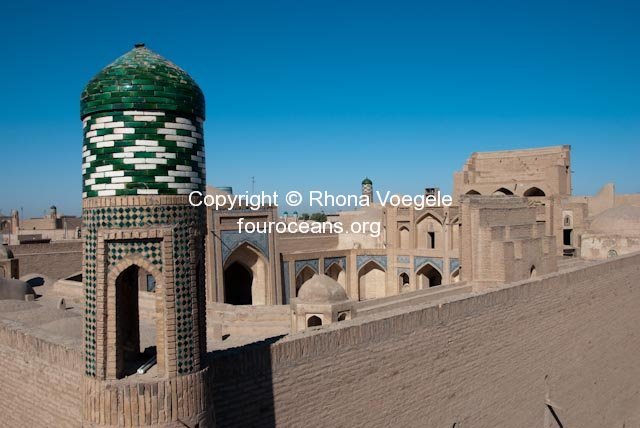Photos to come
–
Well we headed back down to Shakhrisabz but decided to hang out there instead of heading further south. It’s a cool little town, full of sprawling markets, winding backstreets and friendly locals. Though, as it turned out, our stone carving was finished earlier than expected – we are now the proud owners of our portrait carved in granite! Once we’d picked it up we headed back to Tashkent to explore for a few days before our flight to Riga. Even though we’d been there twice we hadn’t really done any sightseeing and to be honest I wasn’t overly optimistic about the attractions in the ex-Soviet capital, but it had a few surprises up its sleeve.
Chorsu Bazaar was near our hotel and provided hours worth of wandering and people watching. I dream of living in a place that has a market like that, the fruit and vegetables were all so fresh and beautifully presented. There was a massive section devoted purely to melons, with huge army trucks coming in to restock the cages of watermelons. We can attest to their tastiness. Actually it was a bit hard to tell where the market ended. There was the official section under the dome, with it’s numbered stands and signage but outside that the stalls, stands and people presenting their wares on blankets stretched on. They sold not only food but also everything else imaginable – clothes, kitchenware, hardware etc.
Read the rest of this entry »
–
–
note: photo album isn’t complete as i’m on a reeeeeally slow connection here in Samarkand.
We’ve spent most of the last week in Samarkand, checking out the various monuments and sights in this ancient city. It’s a place whose name conjures up romantic visions of silk-laden camels and exploration in an era when men were men and regularly died in the course of getting to such exotic corners. Now it’s a firm stop on the tourist itinerary and the caravanserais and medressas shelter souvenir stands instead of traders or students. That’s been a little disappointing.
But before we could enjoy the sights of Samarkand we had to head to Tashkent to work out our visa. In a nutshell we have a visa which has validity dates which don’t match the duration of stay listed (validity dates 32 days, duration of stay 30). I heard one thing from the embassy in London where I picked them up, but we heard a different thing on arrival in Tashkent. When we double-checked at another office in Tashkent they agreed with London. In short, nobody seemed to have any idea. Unfortunately, one of those options had us potentially overstaying our visa so that wasn’t really good. As it turns out, the fourth person we asked confirmed that duration of stay was the overriding factor and to extend would cost US$40 for me and US$131 for Brett. Being American he often gets a rough deal on visa costs. As we were only planning to stay two extra days we opted to change Brett’s ticket and buy me one accordingly. We like Uzbekistan, but not that much. We’ll spend the time in Riga instead.
Read the rest of this entry »
–
–
The luxury of time has been appreciated even more as temperatures continued to soar into the high 30s and possibly low 40s. We don’t really know how hot it’s been – we haven’t had access to forecasts. All I can say is that staying hydrated is a constant battle which we’re only just starting to find a working strategy for. The sights in Bukhara are a little more spread out than Khiva, where all the main things to see were inside the compact old city walls. Here they’re not that spread out but walking can be a sweaty business. Have I mentioned that it’s really hot here??
We’ve been bouncing about between medressas, mosques and buildings built for the powerful local rulers. In the 9th and 10th centuries Bukhara was a vibrant cultural and religious centre, with many of the Islamic clerics in the surrounding countries coming to the city for studies. There were once about 120 medressas, of which only 30-40 remain. We visited quite a few, including Ulugbek Medressa which is the oldest in Central Asia. When we visited, it was undergoing some much needed restoration work, something a little lacking in many of the places we’ve visited. It was built in 1417 by a grandson of Timur, the man who waged a bloody war with the fractured Mongolian empire following Jenghiz Khan’s death.
Read the rest of this entry »
–
–
From Nukus we headed north to indulge in a little disaster tourism. For all the things we read about the Aral Sea, actually seeing its remains gave us a fuller appreciation of the scale of the environmental disaster. The thing that’s most striking is how big it still is. Even after so many years of shrinking there’s still a large area of water, which made me appreciate just how massive it was to start with. Back in the early 60’s, before the water started receding, it was the world’s fourth largest lake, 400km across at its longest point and 280km at its widest. It was home to fish stocks that supported a fishing industry of 60,000 people, mainly in Moynaq (Uzbekistan) and Aralsk (Kazakhstan). Unfortunately, the Soviet planners wanted to expand agriculture in the area, and particularly production of cotton to supply the textile industry. They dug irrigation canals to tap the water of the Amu-Darya and Syr Darya rivers and by the 1980’s the flow into the Aral Sea was less than one tenth of levels in the 1950’s. But the Aral Sea had already started to dry up in the mid 1960’s. According to the Lonely Planet, water levels fell more than 16m between 1966 and 1993, though our guide told us the current water depth is 48m lower than the original.
That’s the other thing that shocked us – the water is still dropping. At the lake shore near where we camped there was a pontoon lying on the salt-encrusted shore, at least 5m from the water. Apparently it was in the water in August 2008, refuelling boats that were buzzing around looking for oil. Looking way back to the plateau we were camped on, the water would have stretched all the way to the cliffs, and in 1983 still had a depth of 12m. And yet cotton growing is still being encouraged. So much so that university students in the area are put to work picking cotton for four months of the academic year.
Read the rest of this entry »
We flew in to Tashkent, Uzbekistan and were greeted by a wave of heat. At this time of year temperatures often hover around 40 degrees celcius and we’re just not used to that… yet… We’d better adjust quickly! We decided to spend the first night avoiding adjustment by hiding in our hotel room. Sad I know but we were feeling a bit wiped out and in need of a night in.
The next day we headed out to do some admin before our flight to Nukus in the west of the country. We tried unsucessfully to get some answers about our visas. In London i was told we could only stay 30 days, at the Tashkent airport they said no problem to stay 32 days. At the visa office downtown Tashkent we were once again told that we could only stay 30 days. This is kind of important to know the correct answer to but as yet we’re still not really sure. I’d hate to do something truely complicated here – like organise health insurance! Speaking of which, i’d dreamt that all my German health insurance dramas were over but i was obviously in some delerious state of hopefullness. As we speak a form is being faxed in Germany to someone’s mum (who i think is in Nigeria) to scan and email to me before the internet cafe closes in 20 min. I will then print it, sign it and tomorrow morning go in to a friend’s office to get her to fax it back to Germany. Welcome to my life…
Read the rest of this entry »
